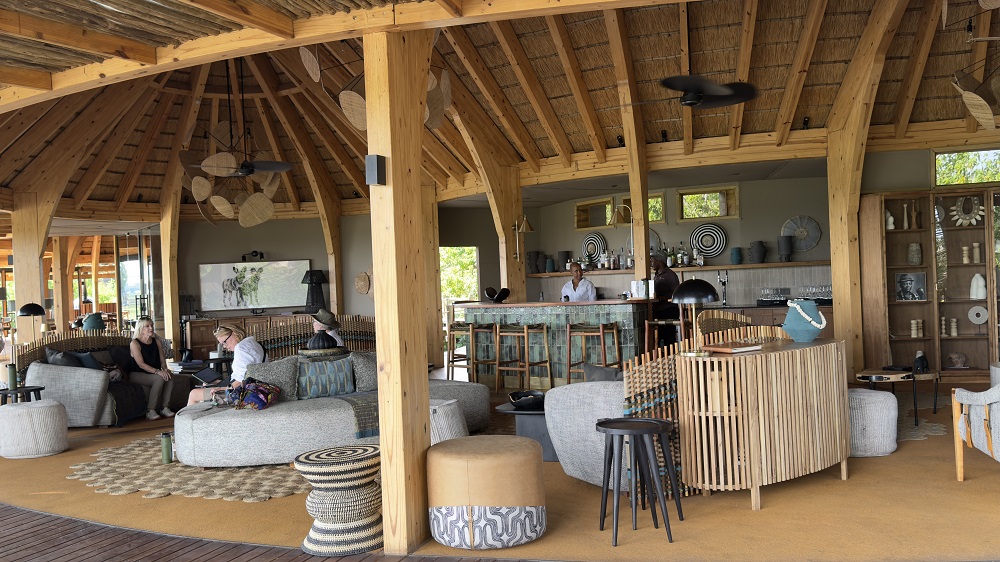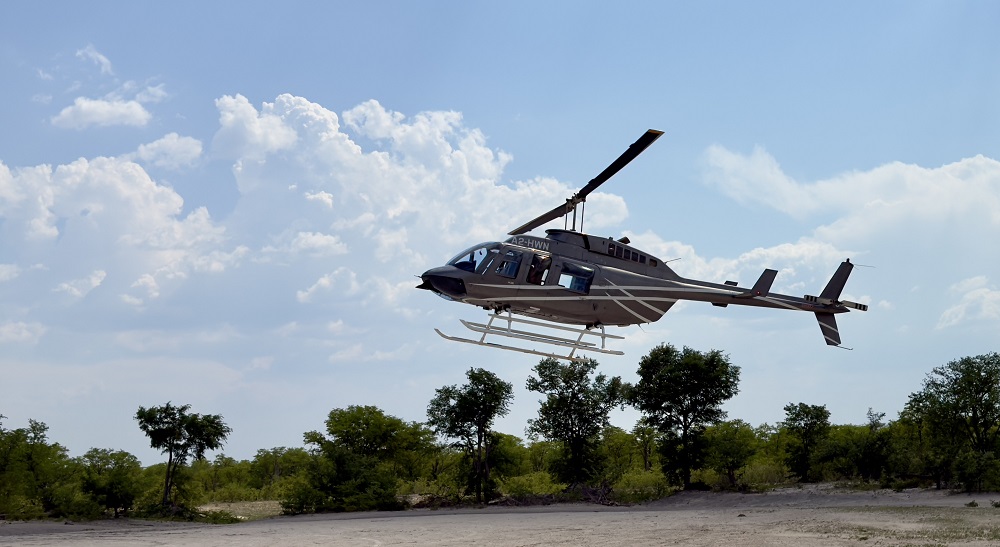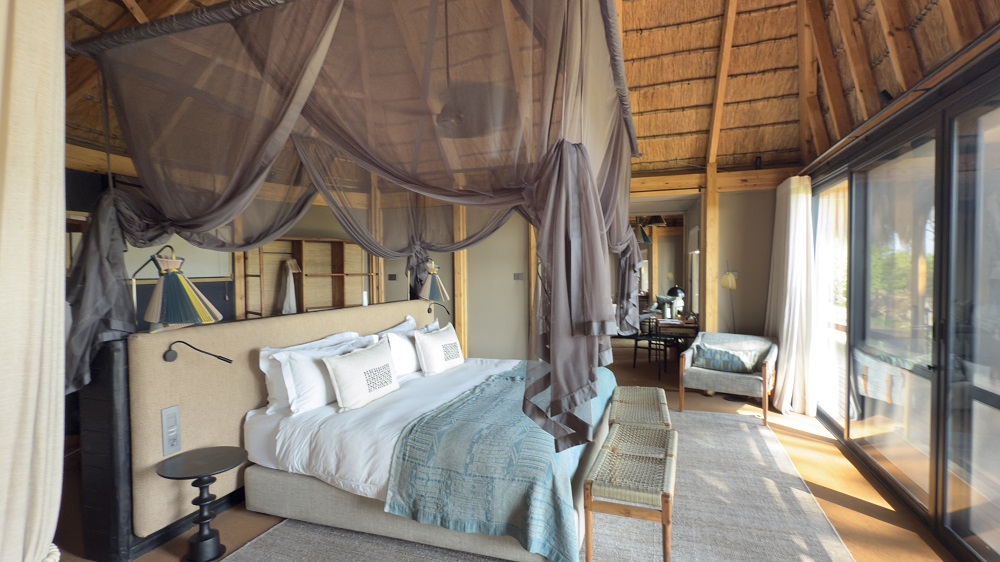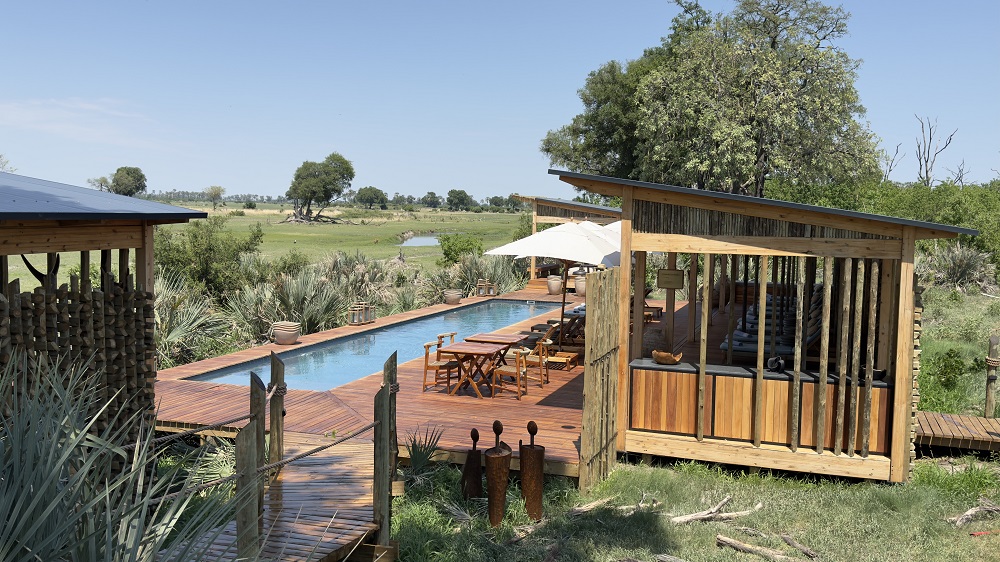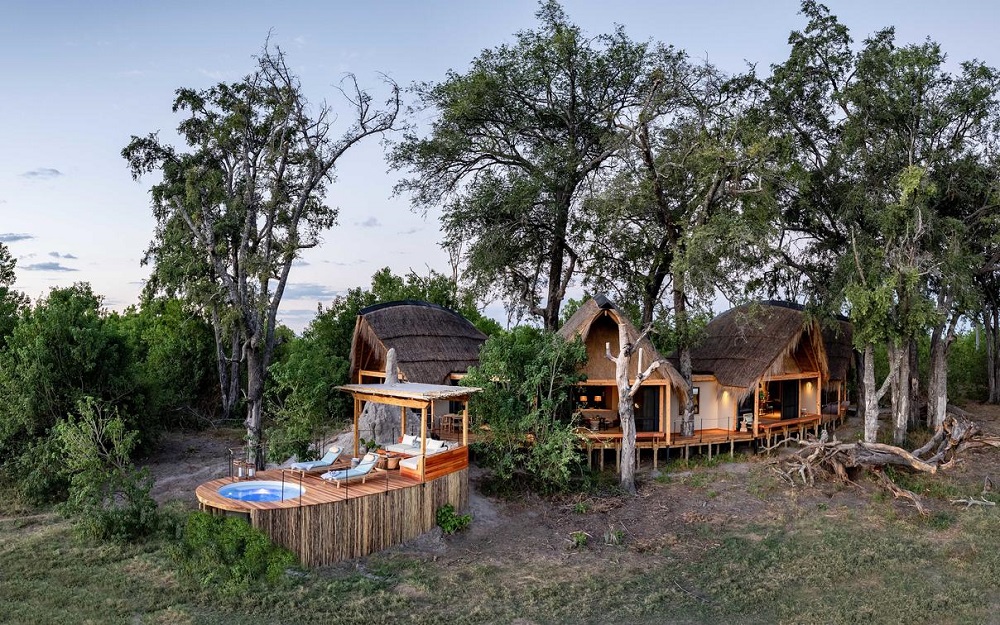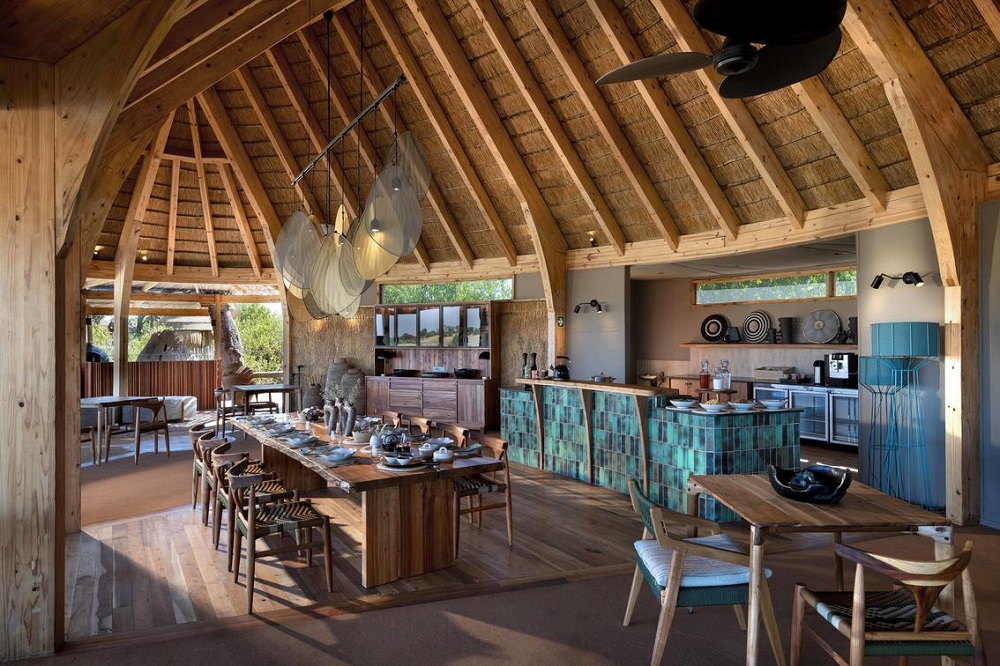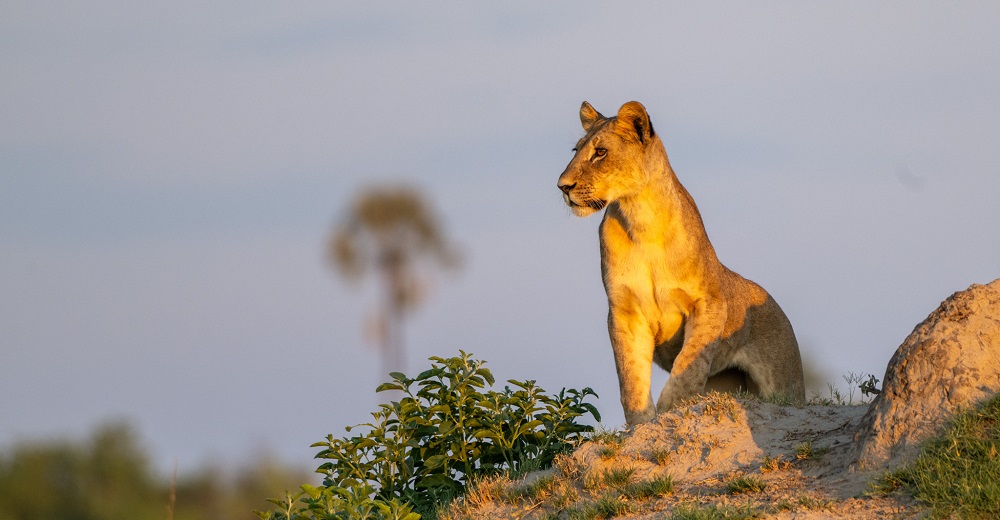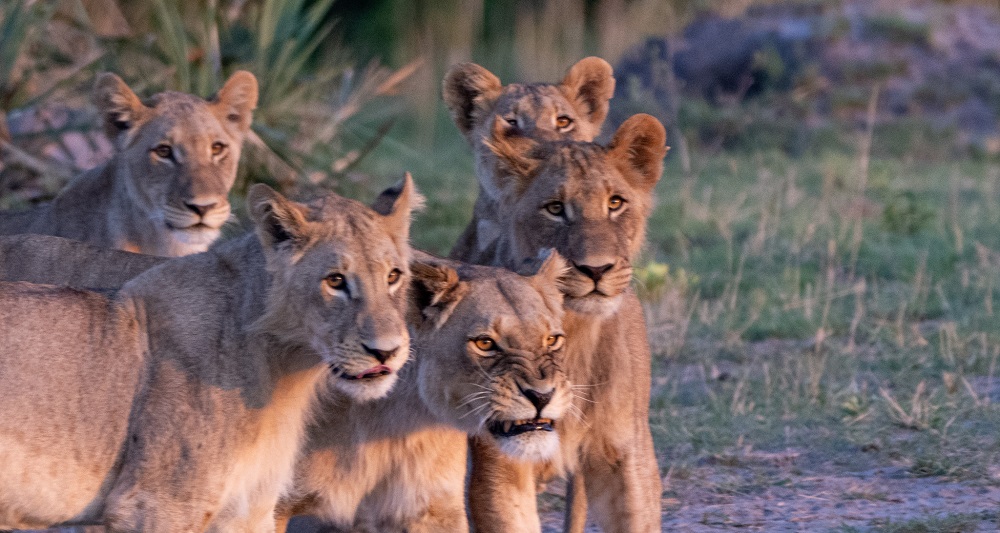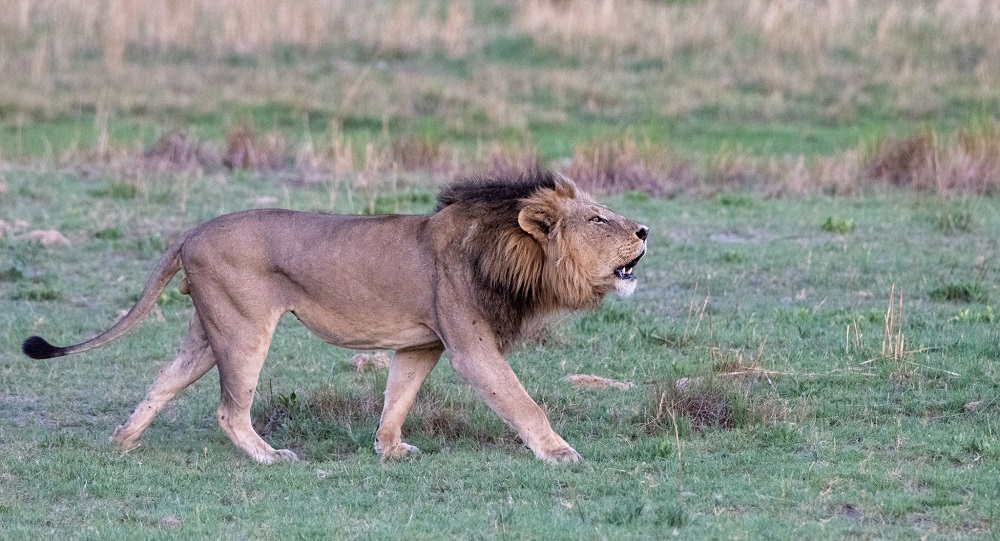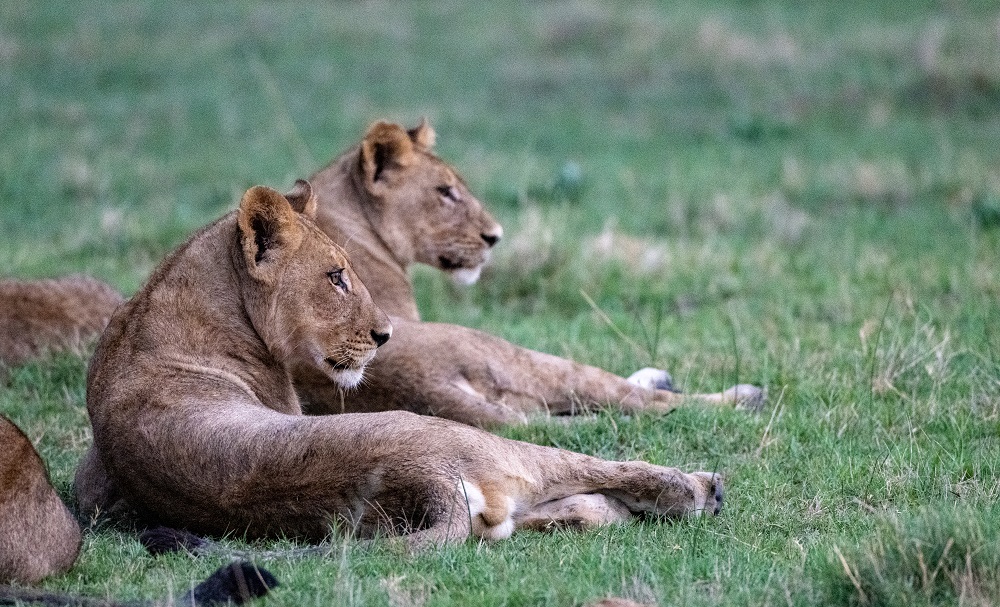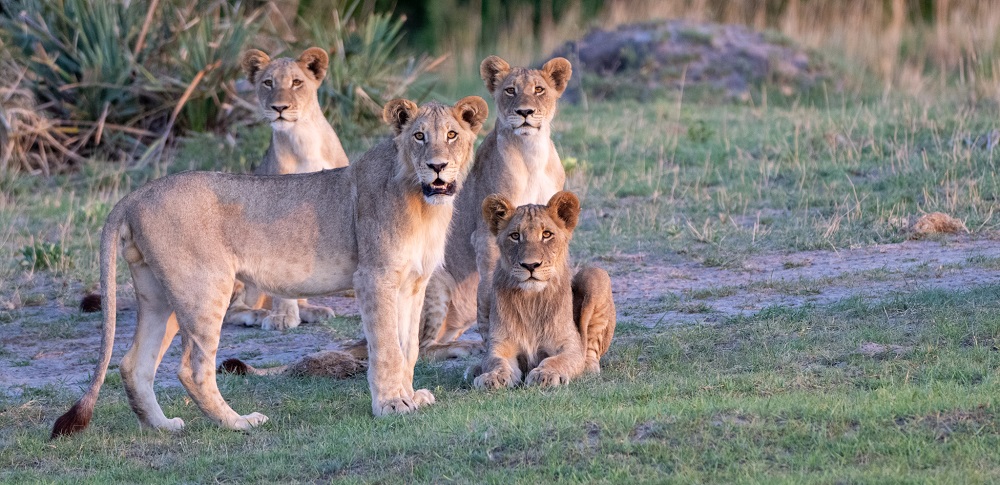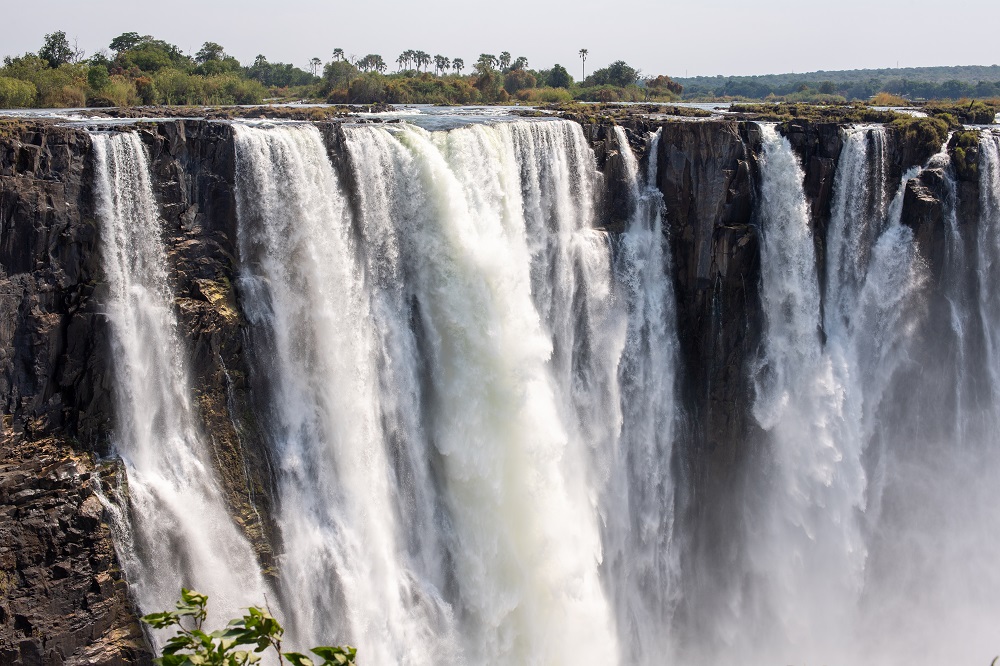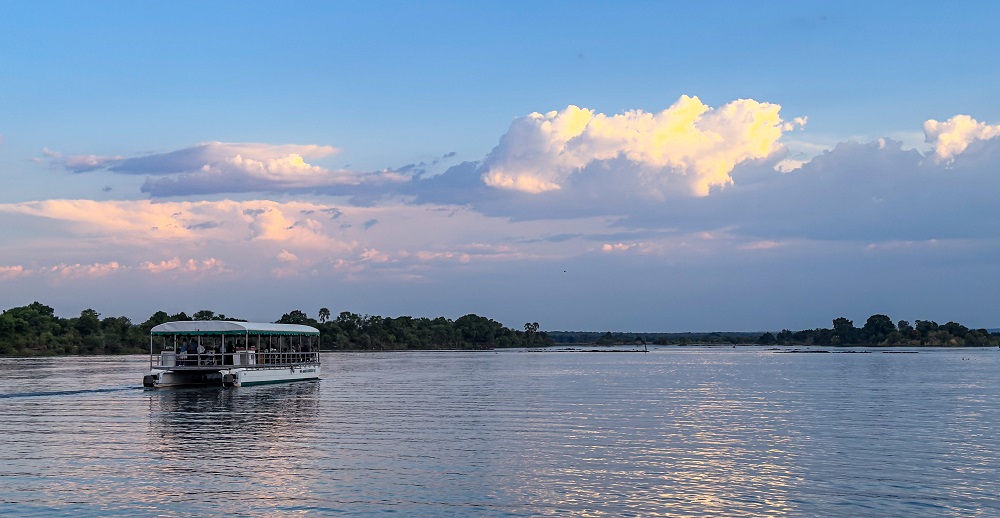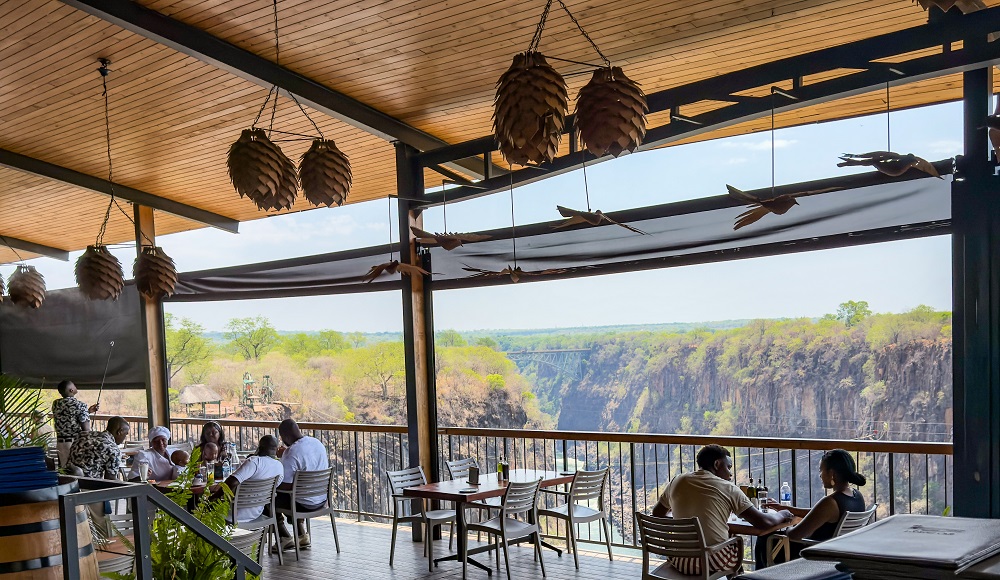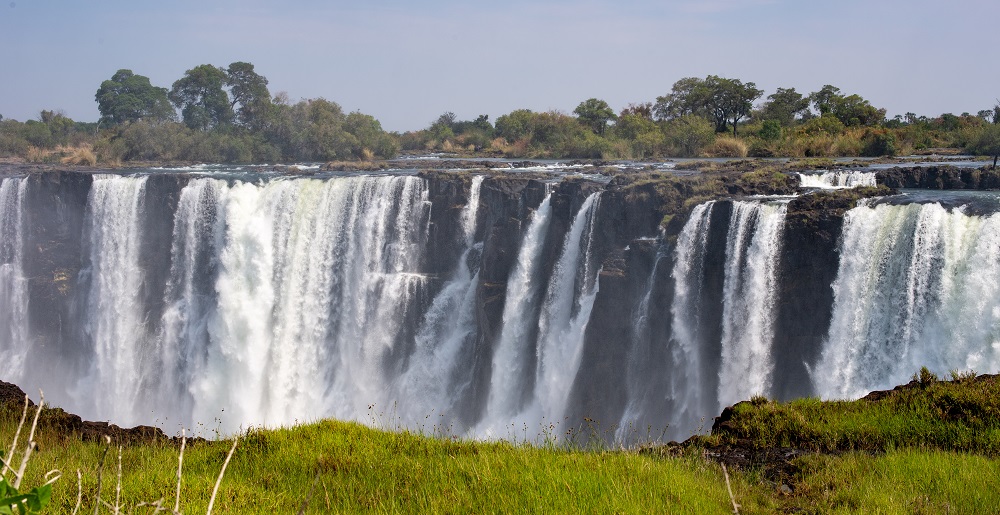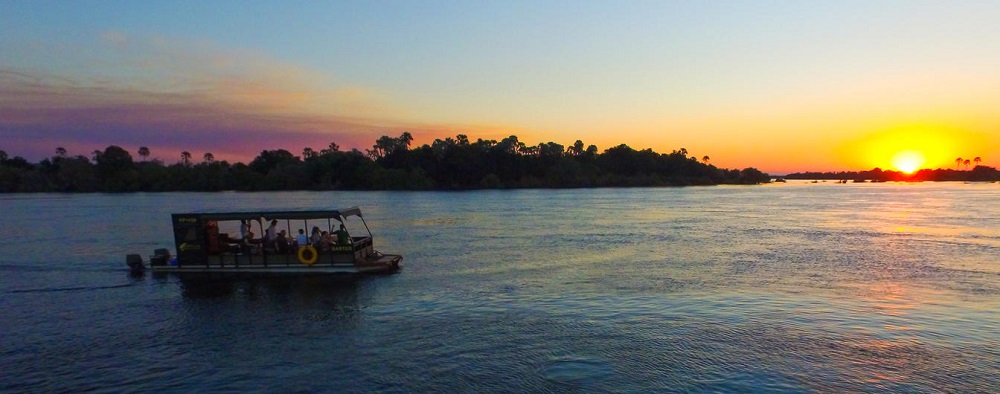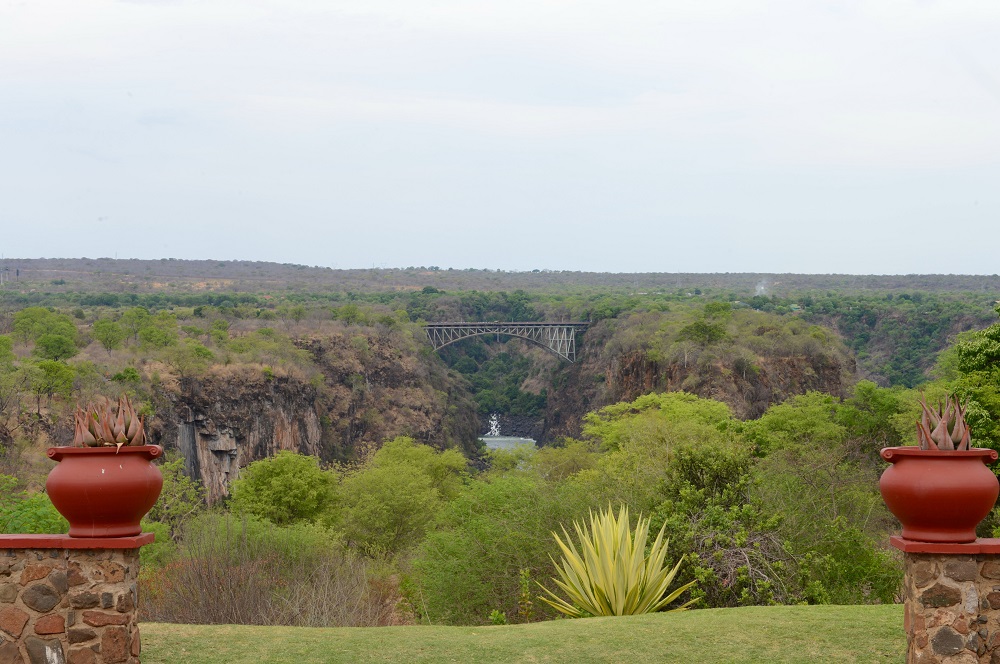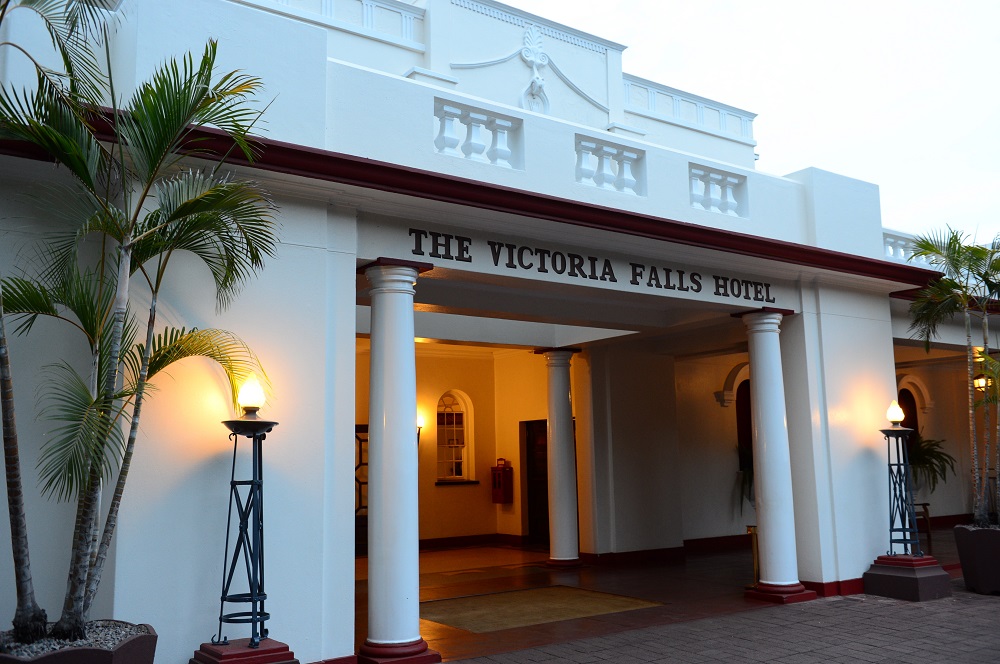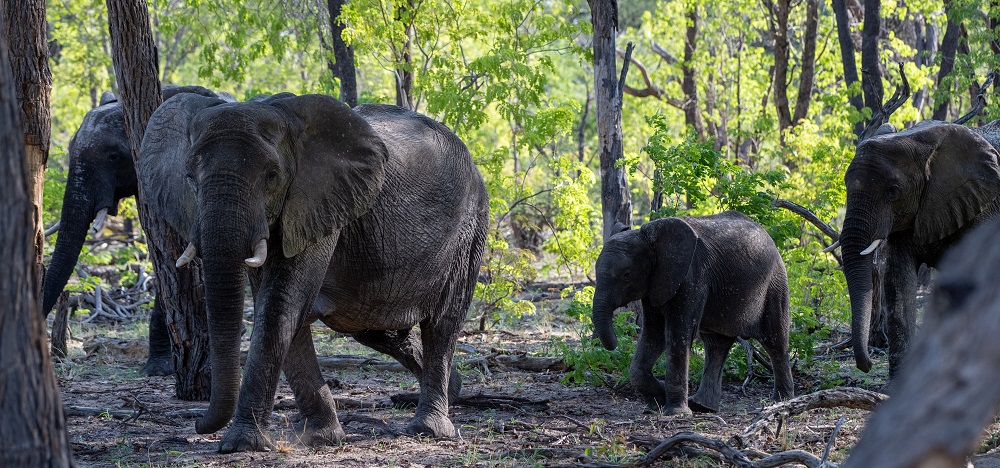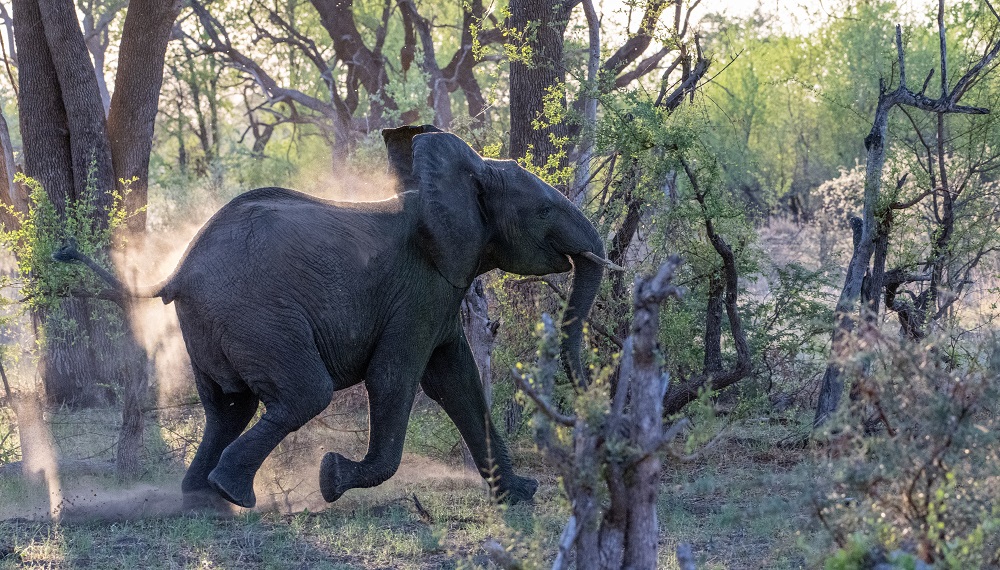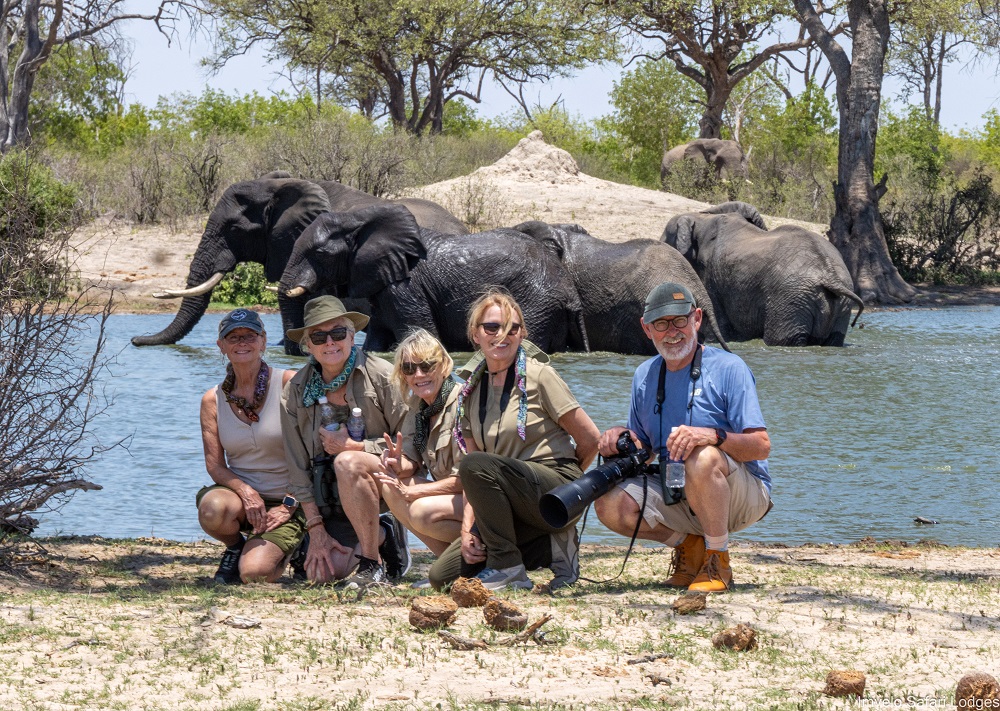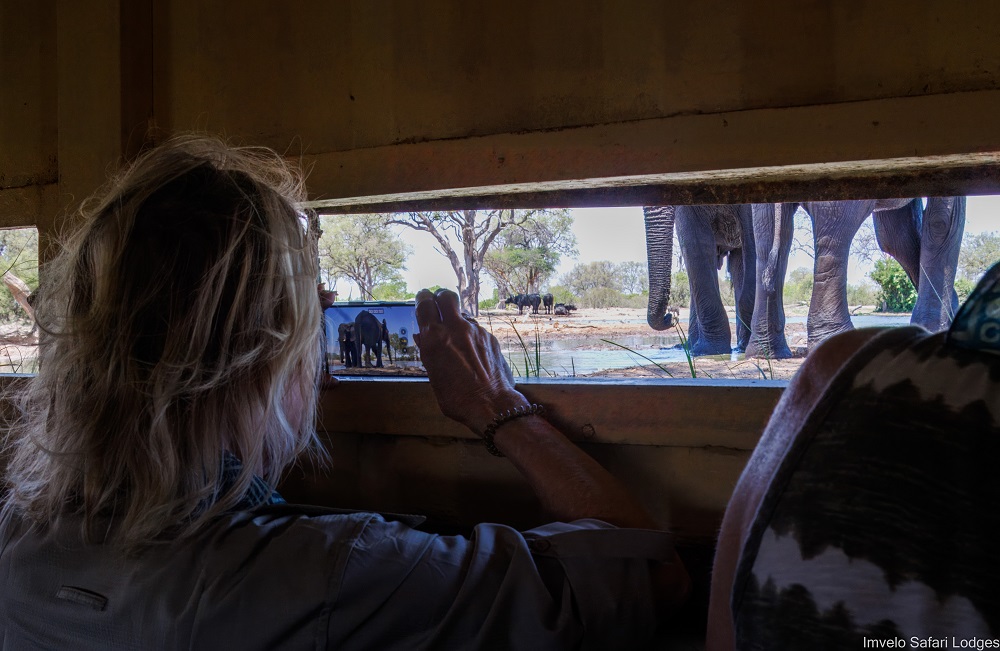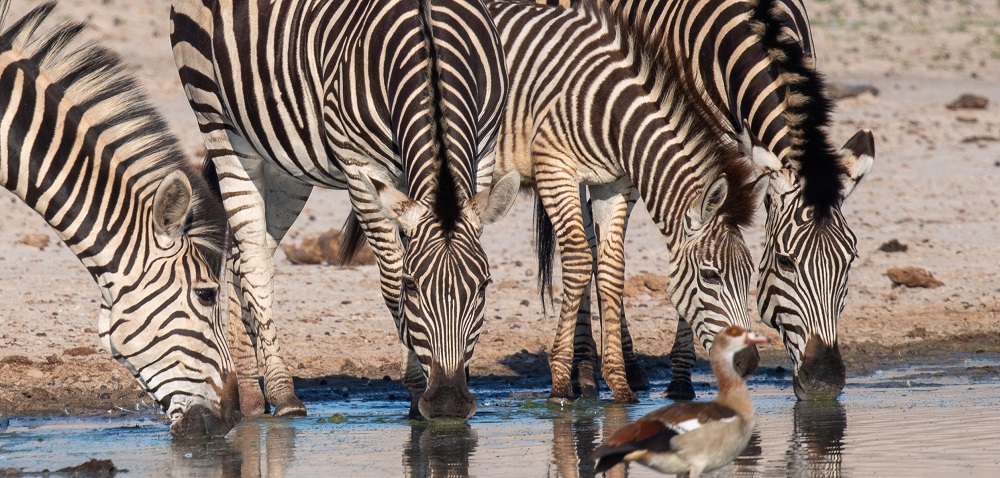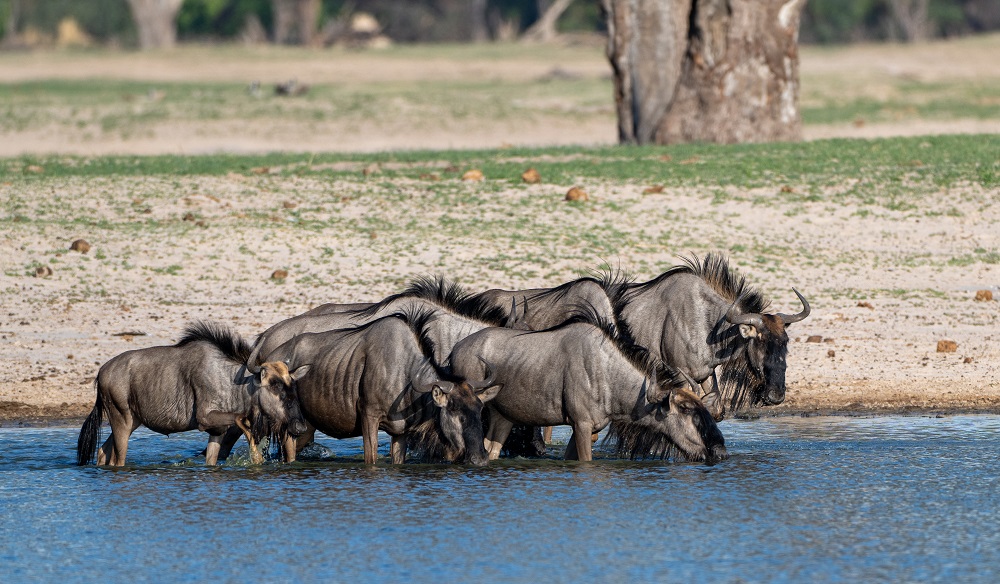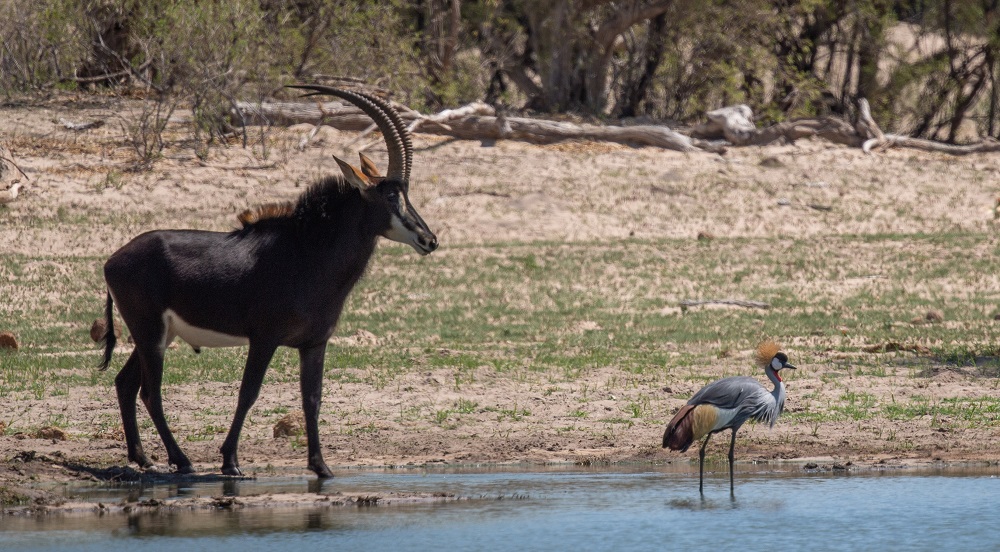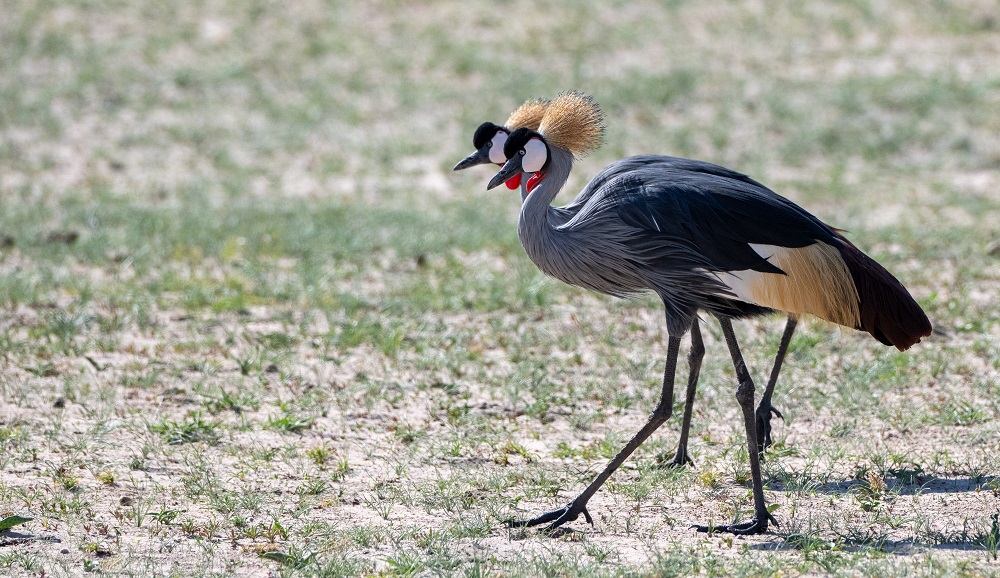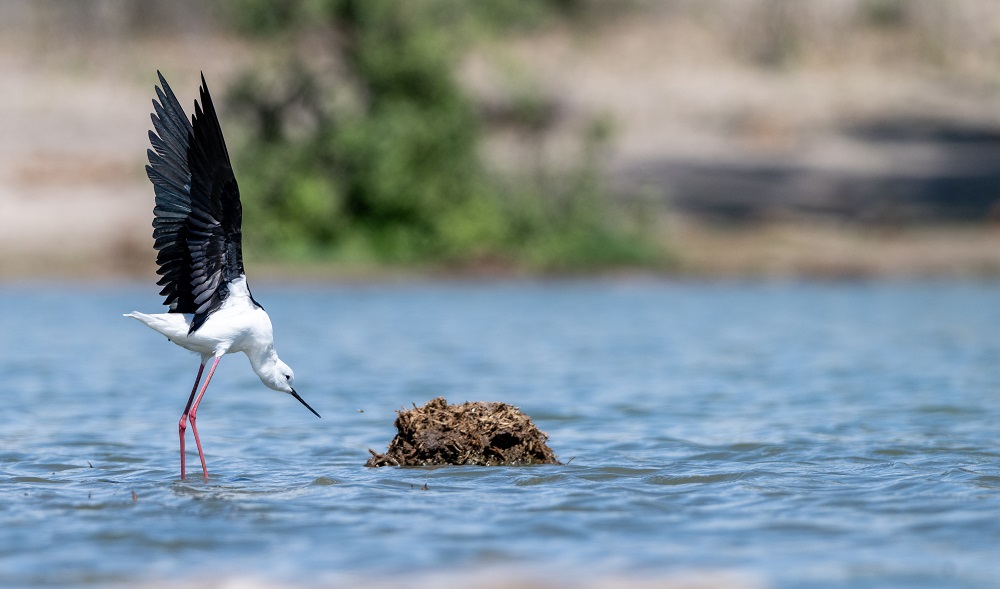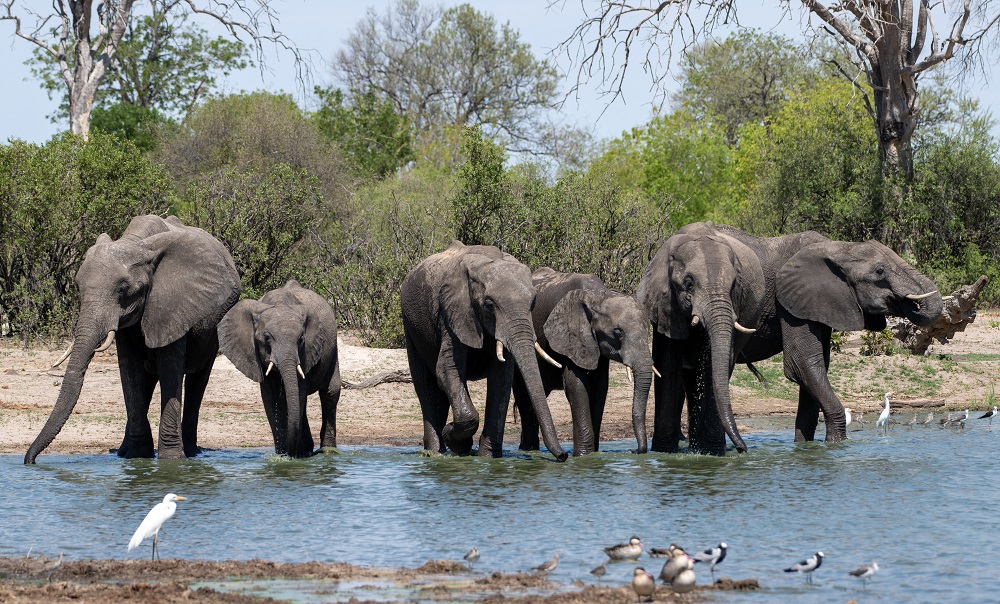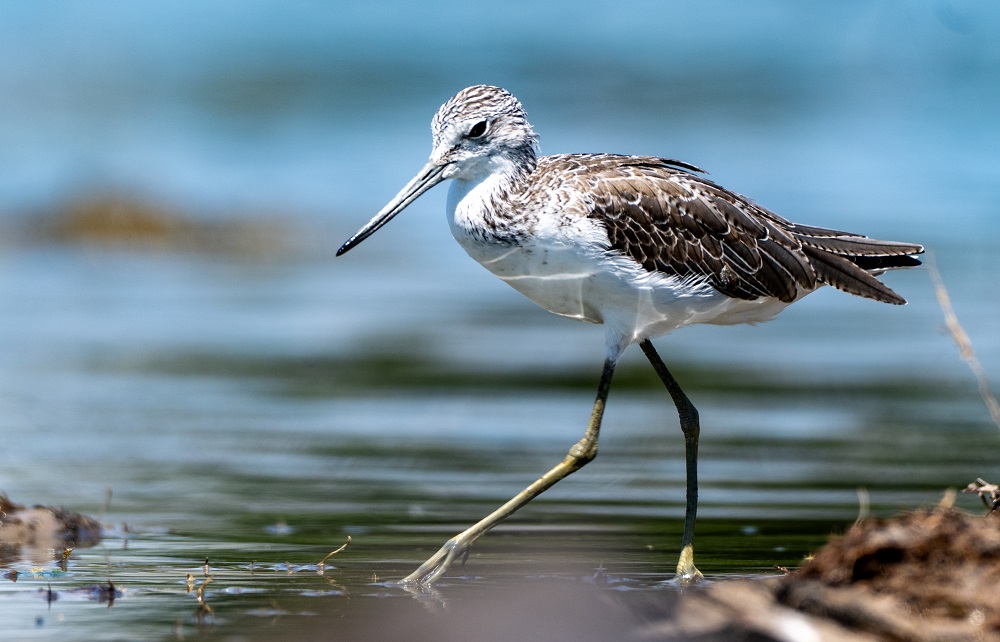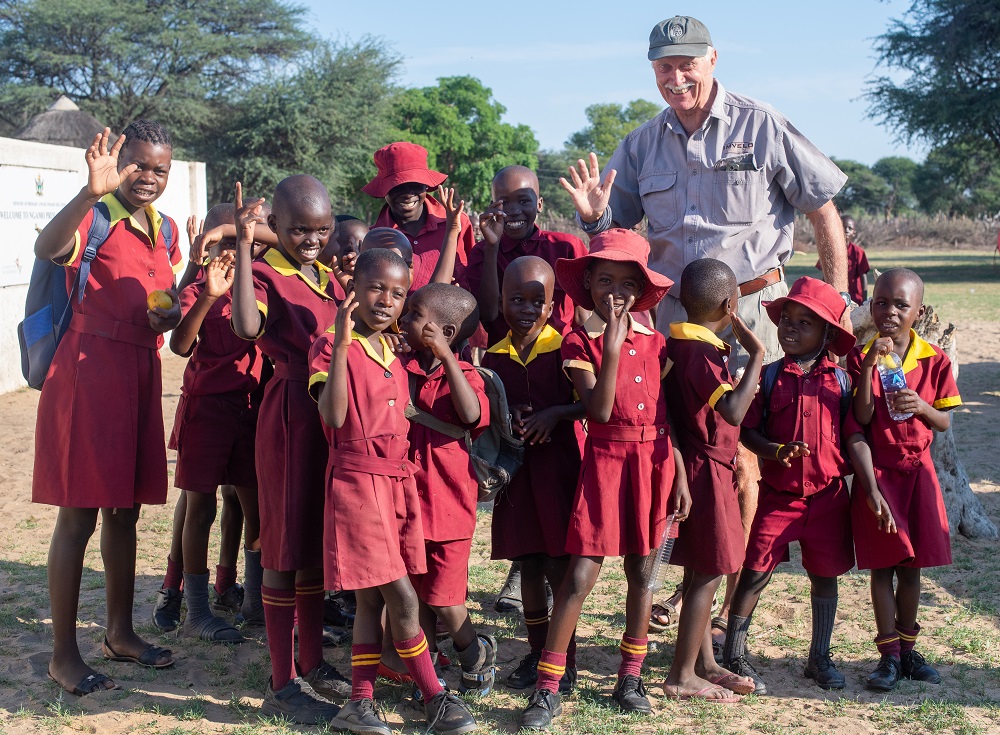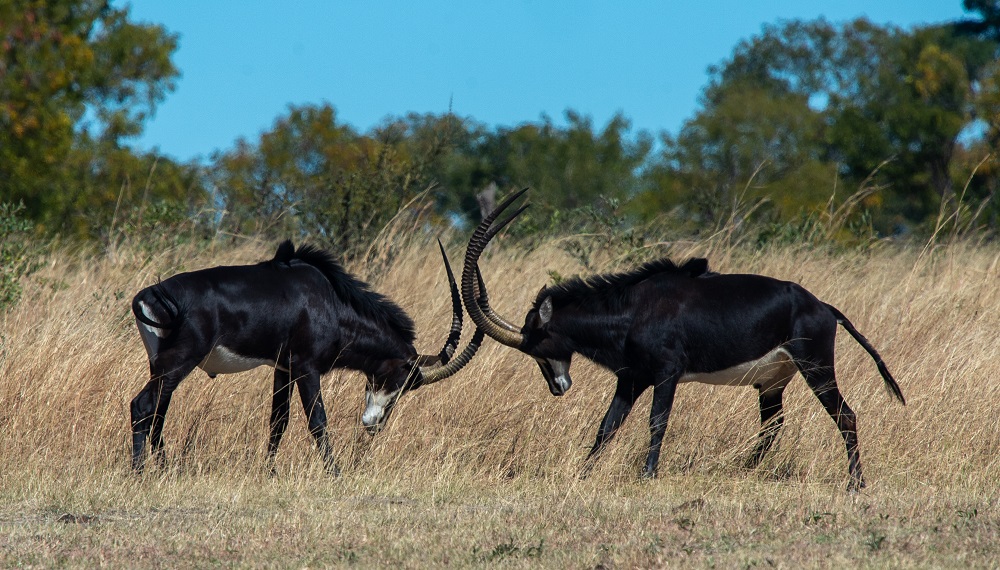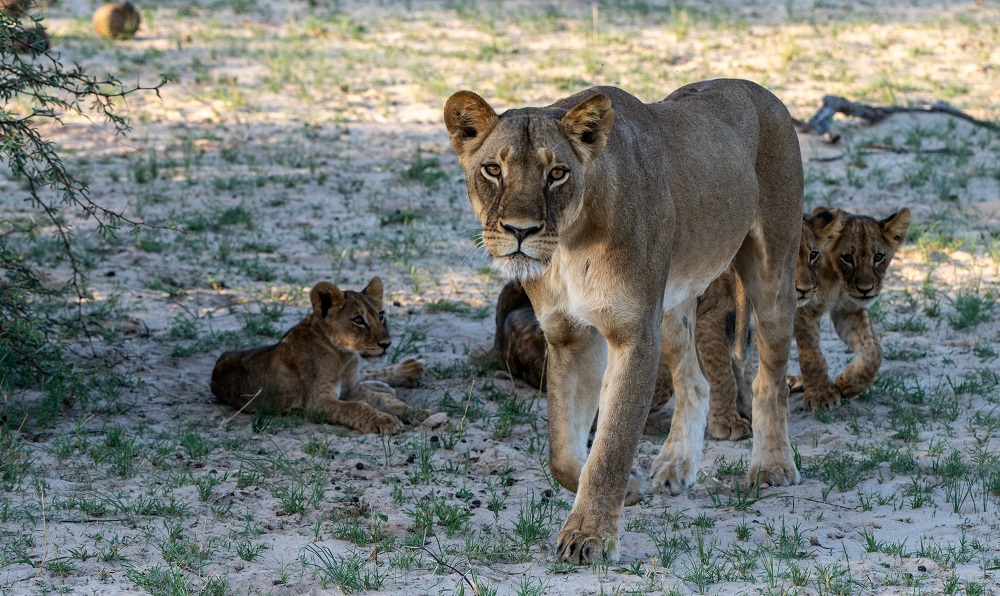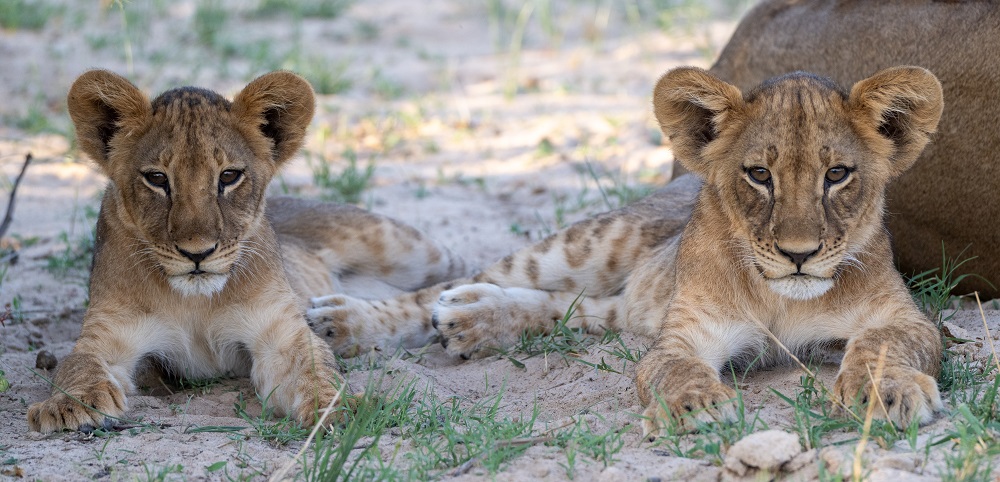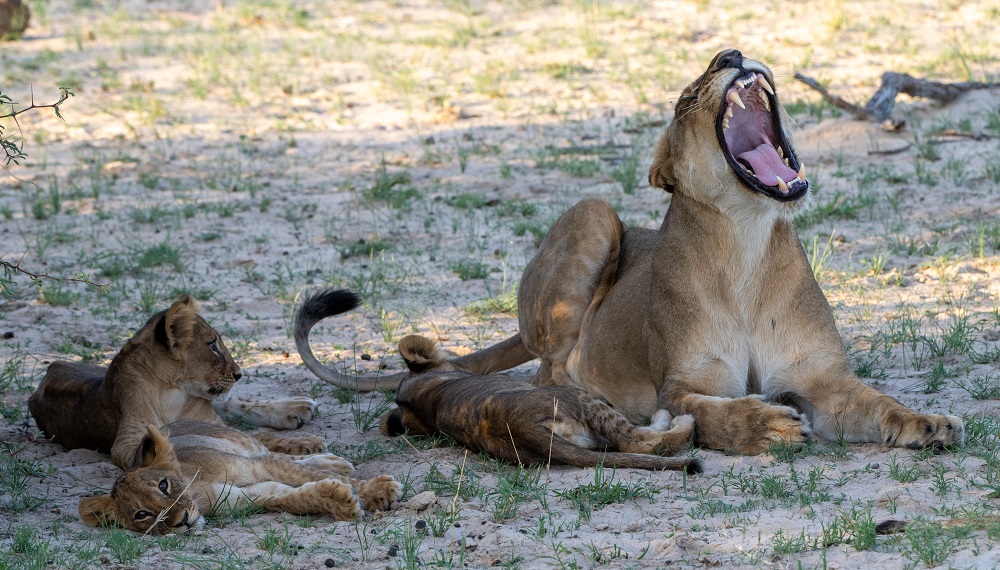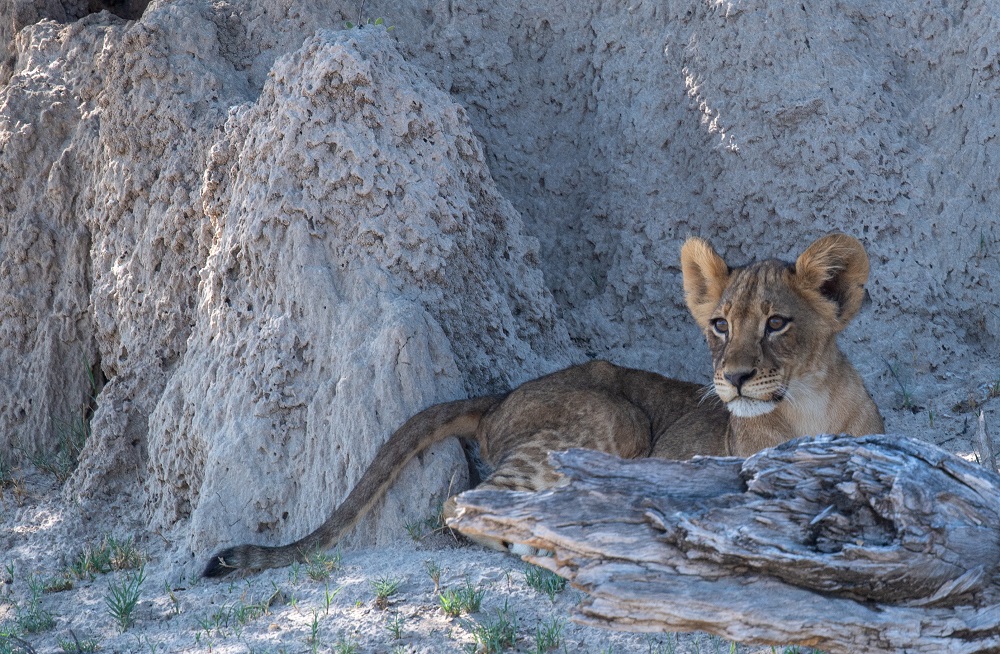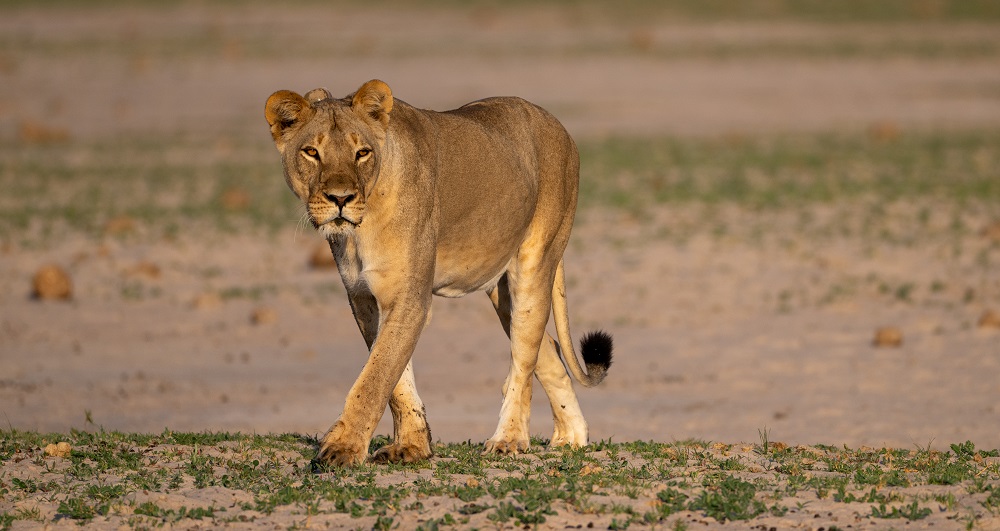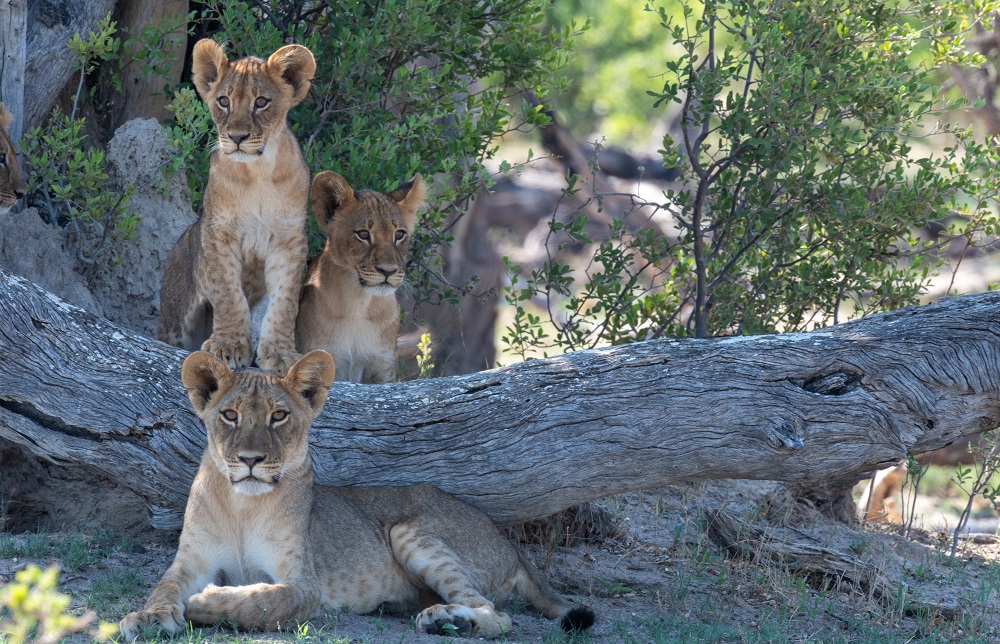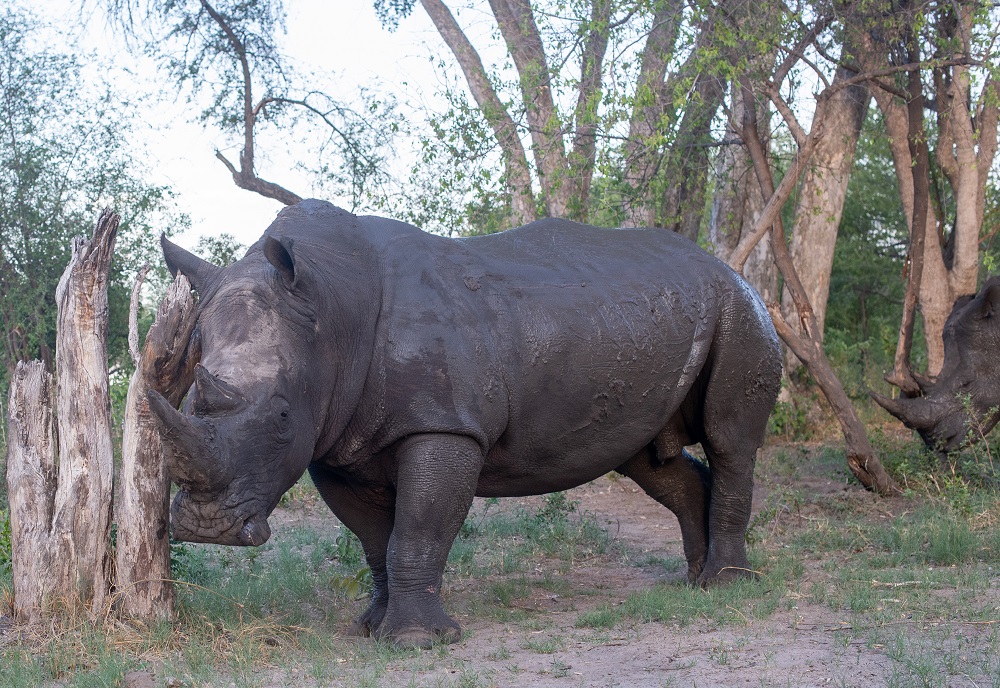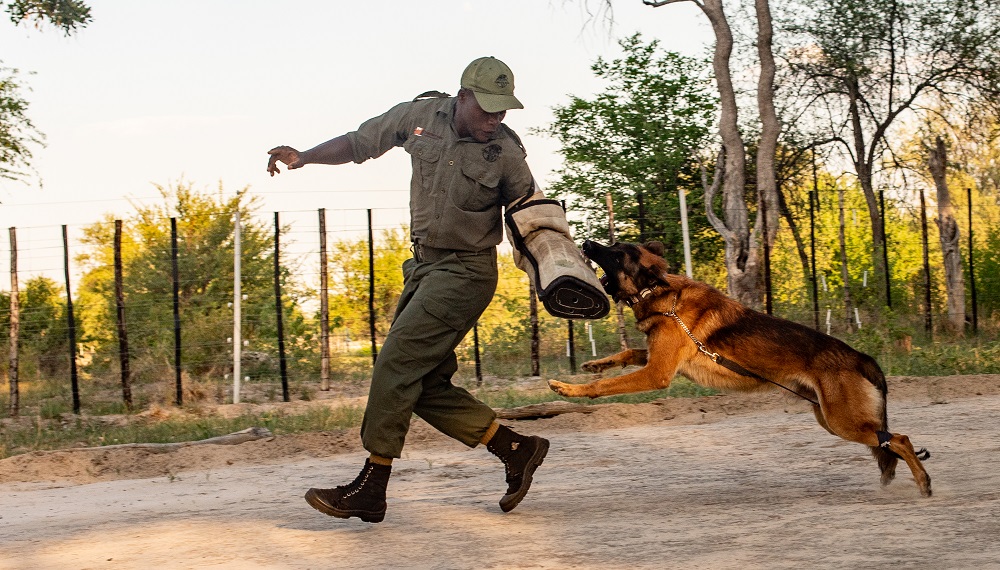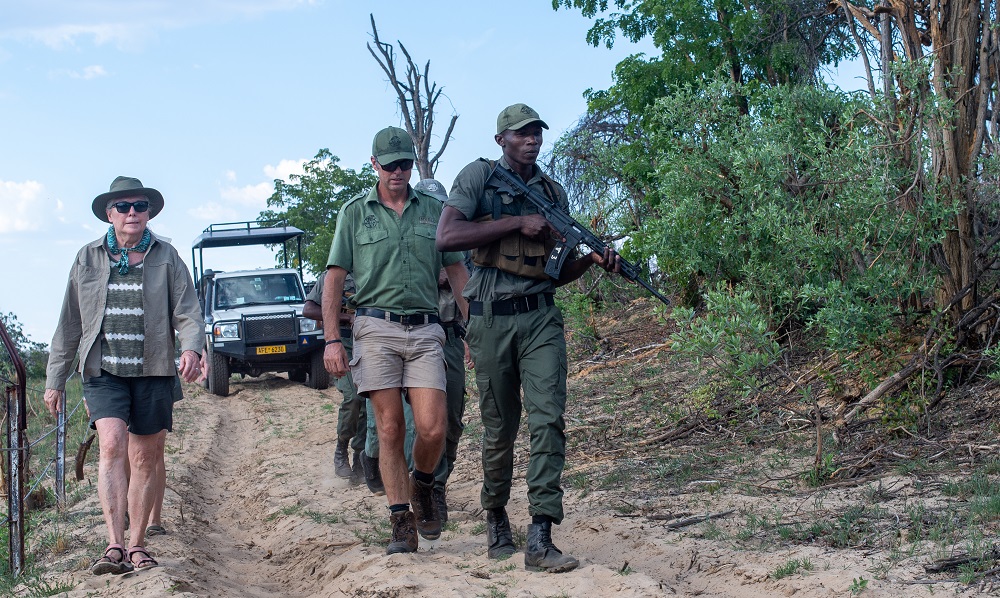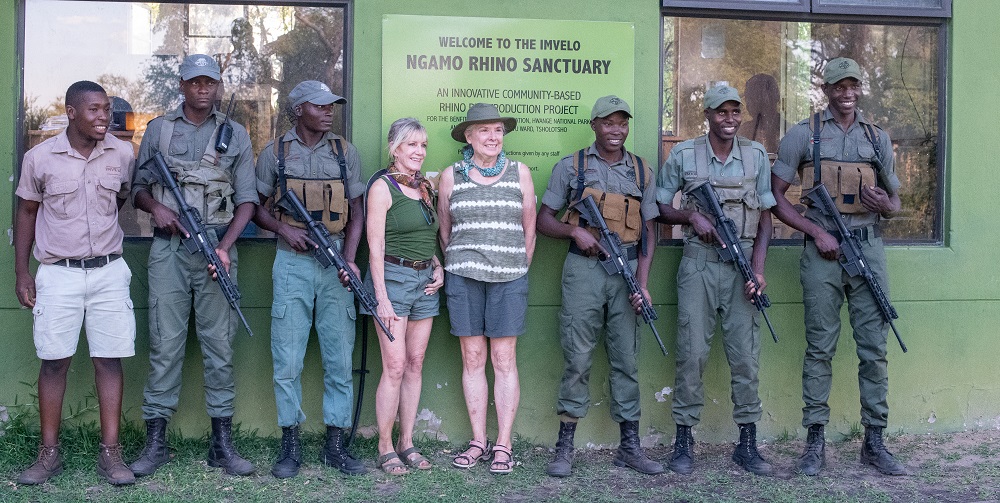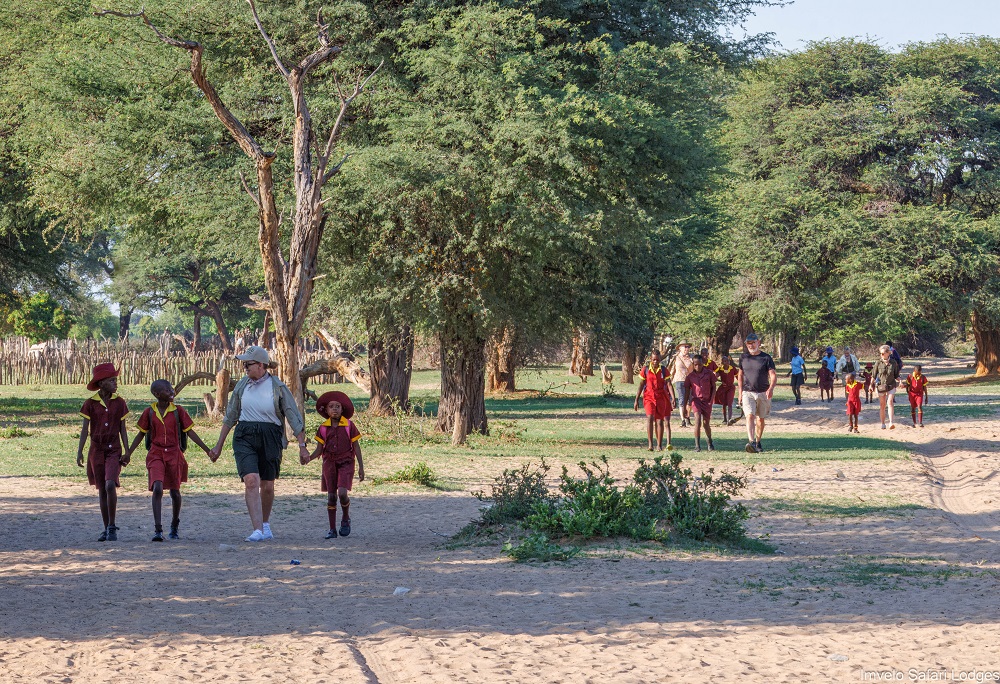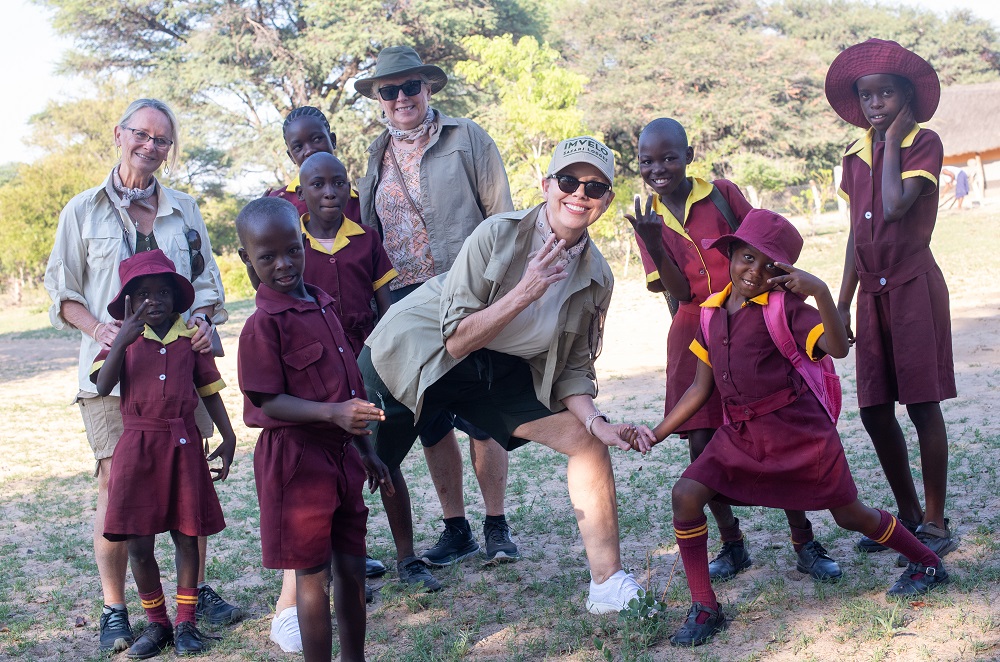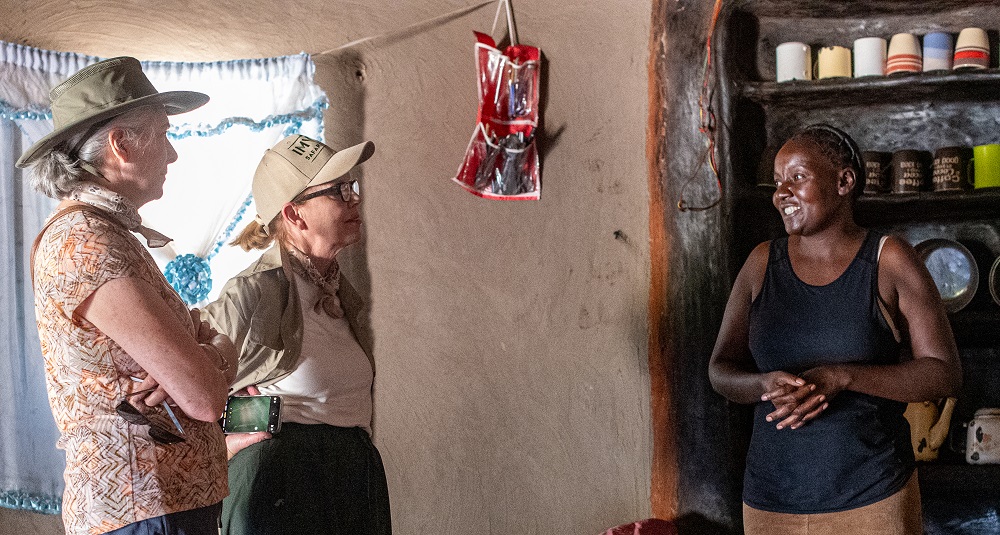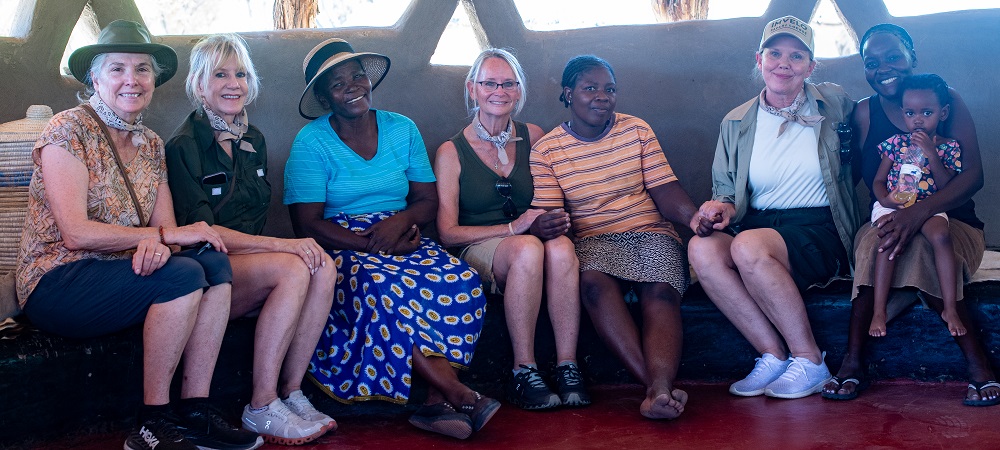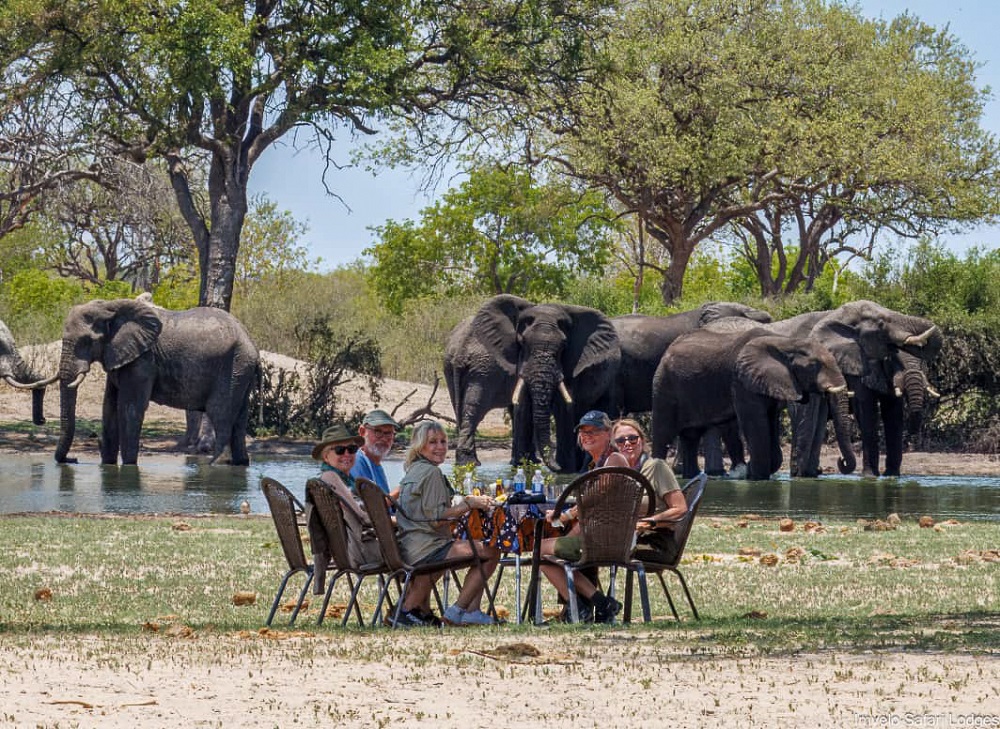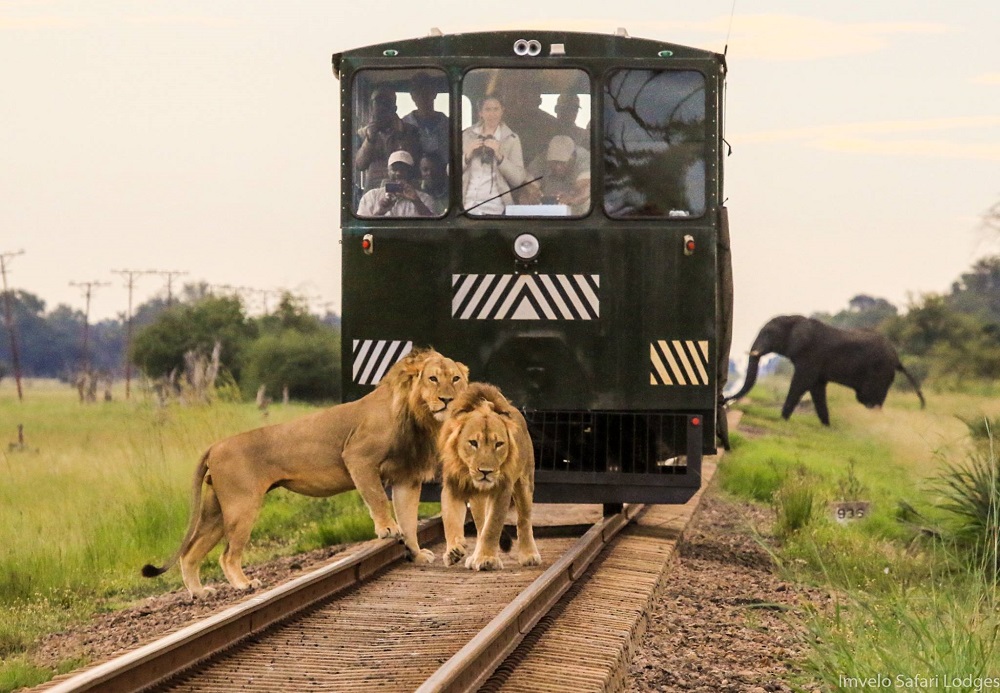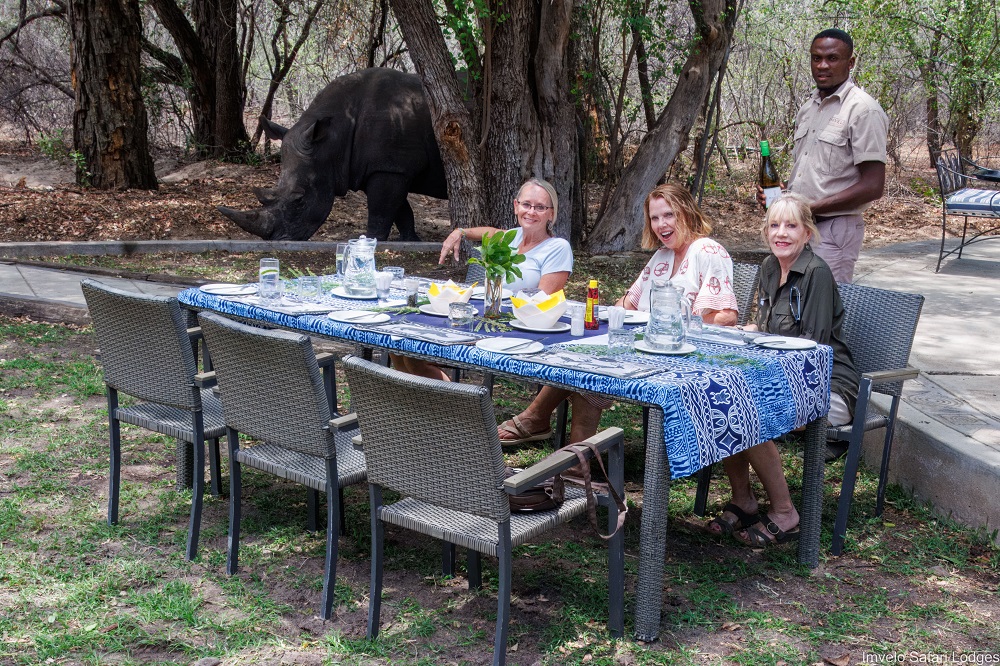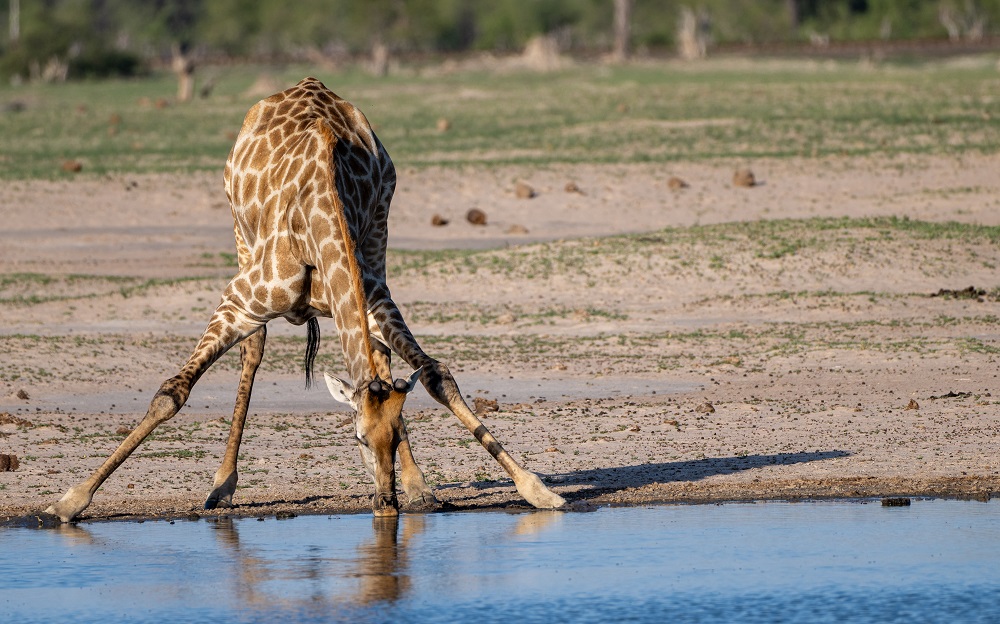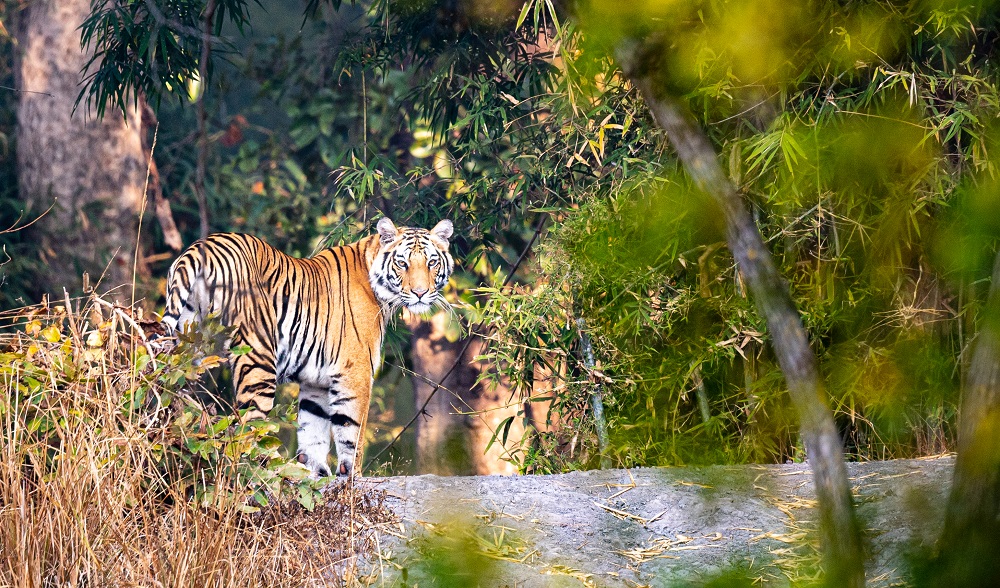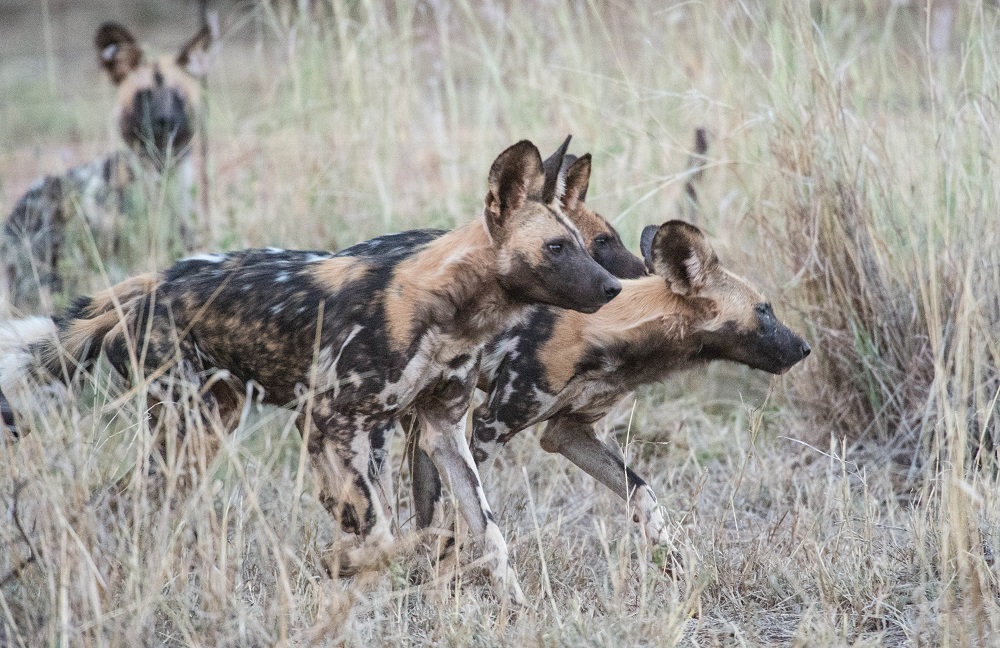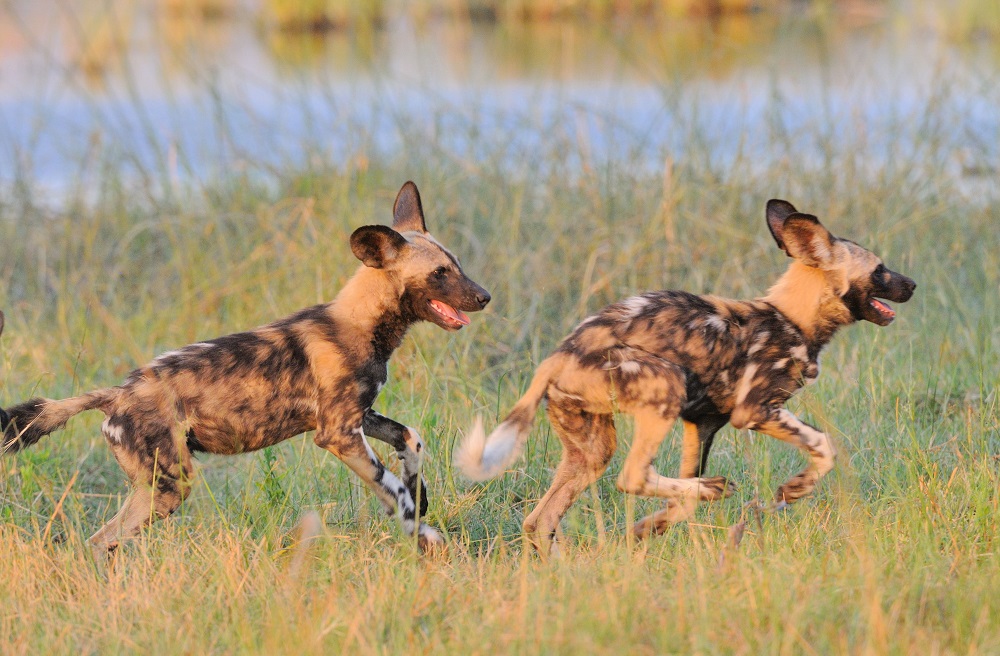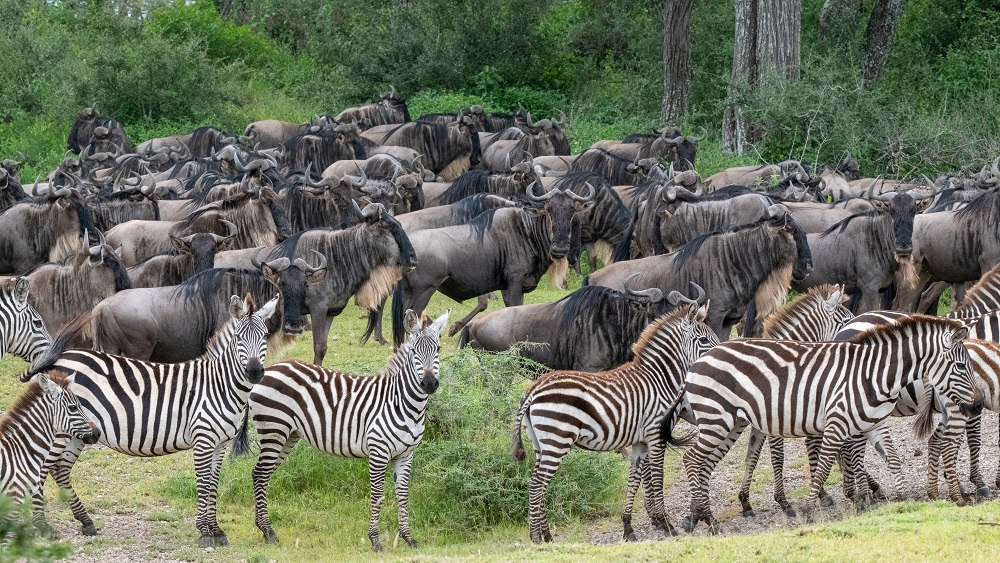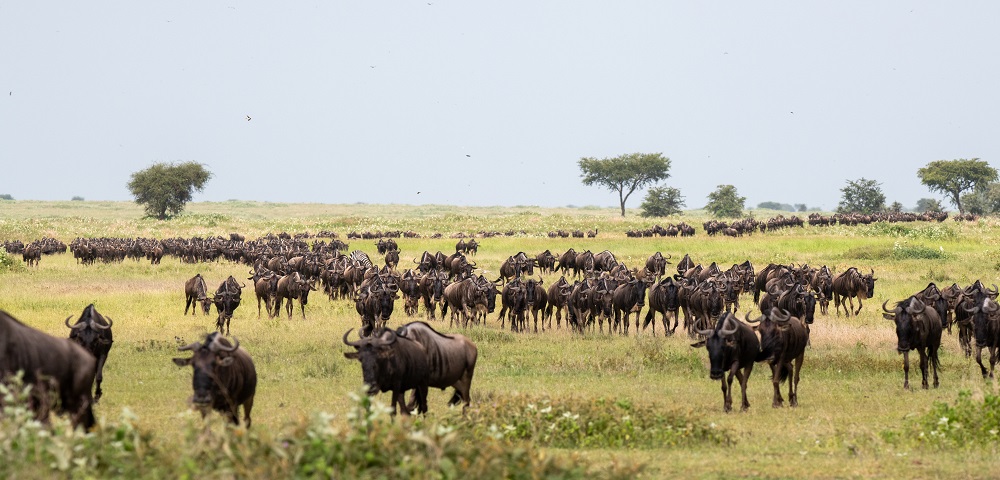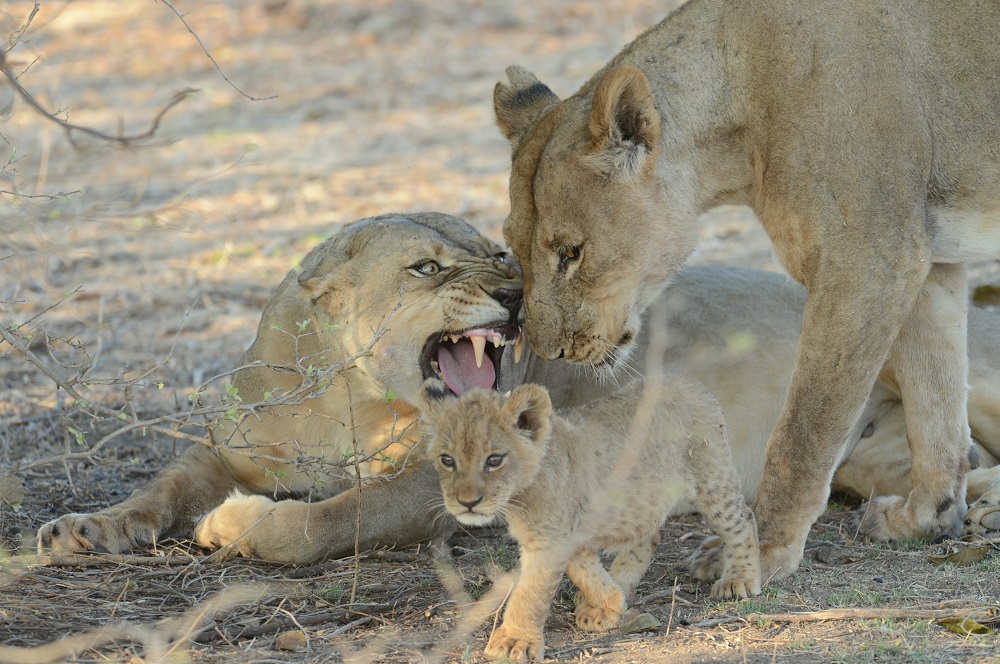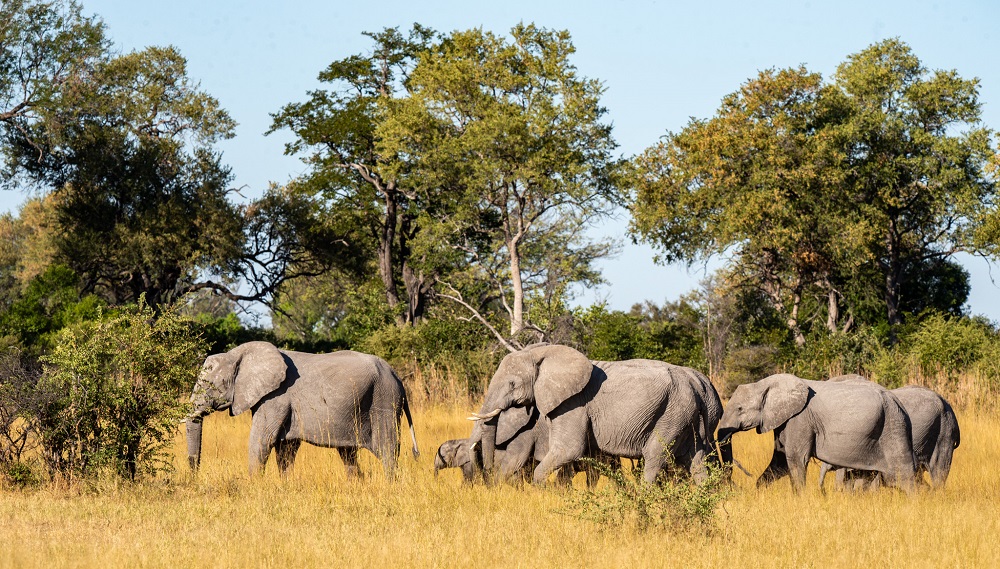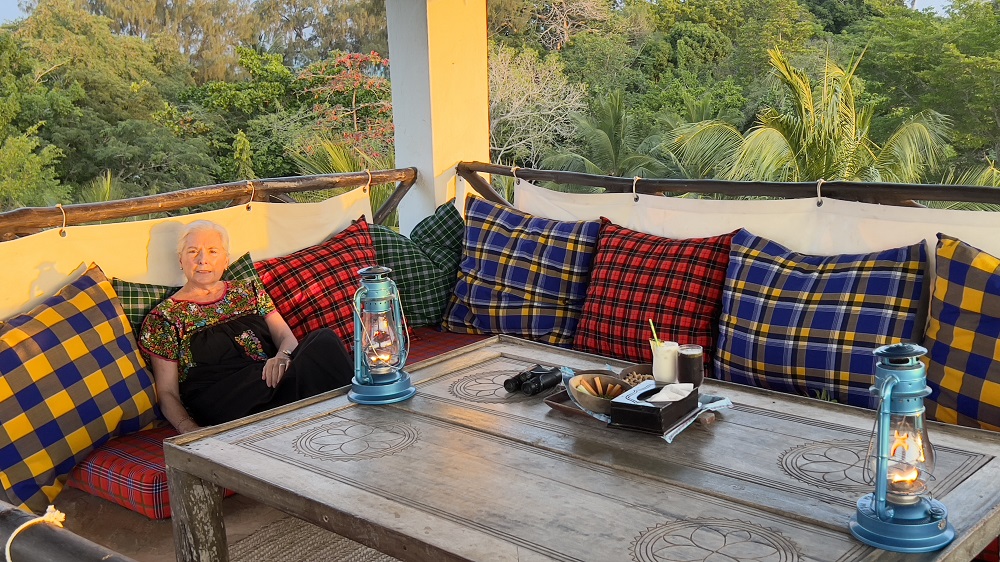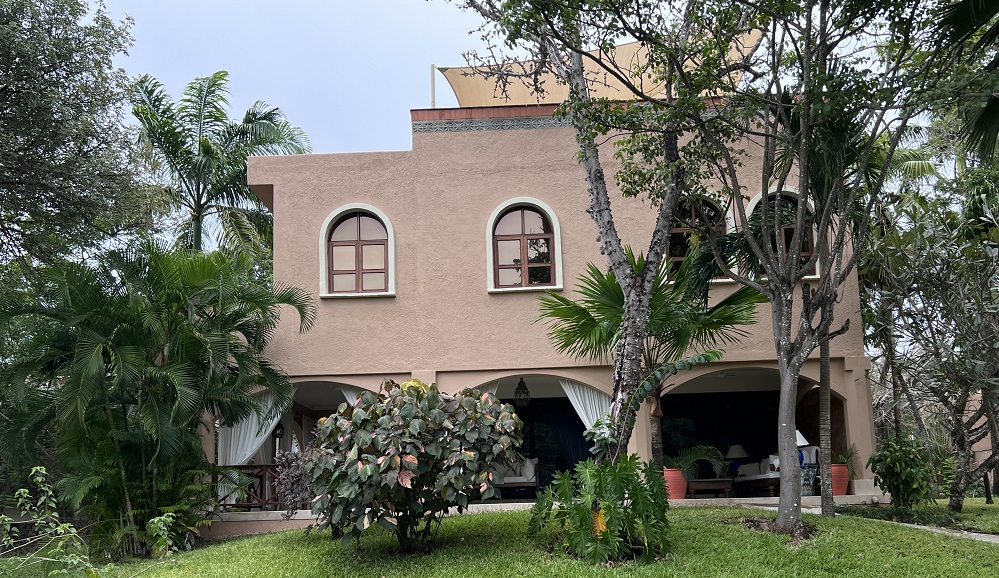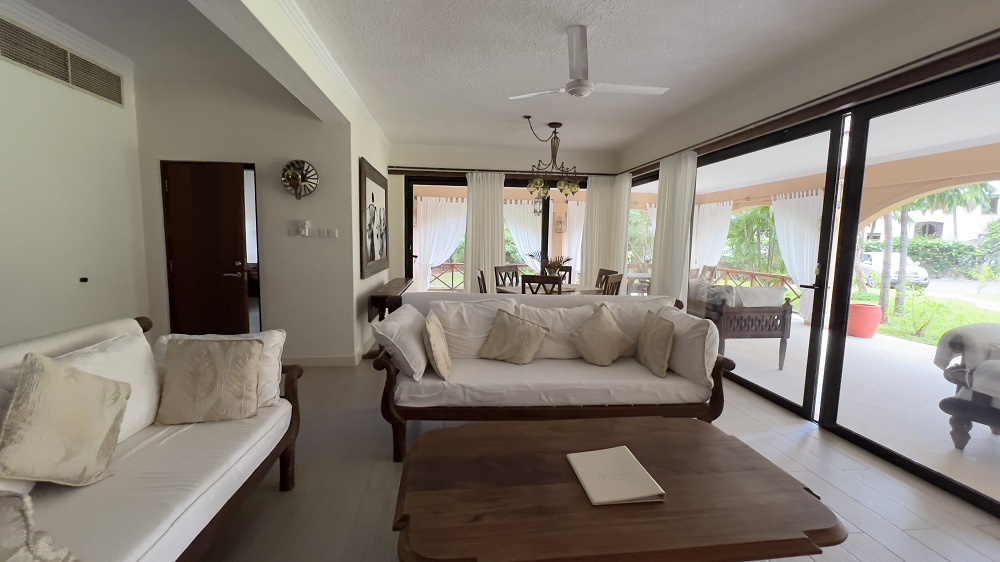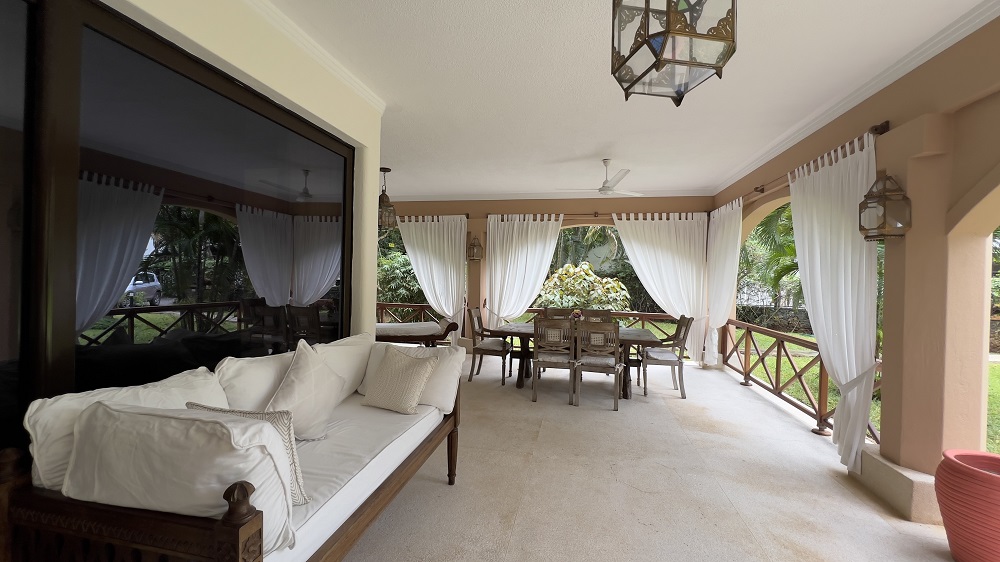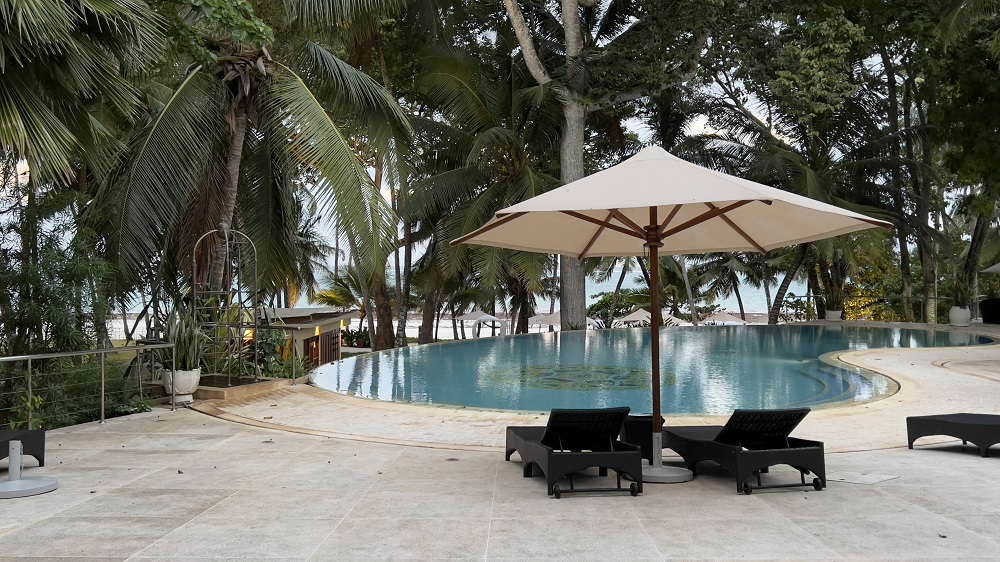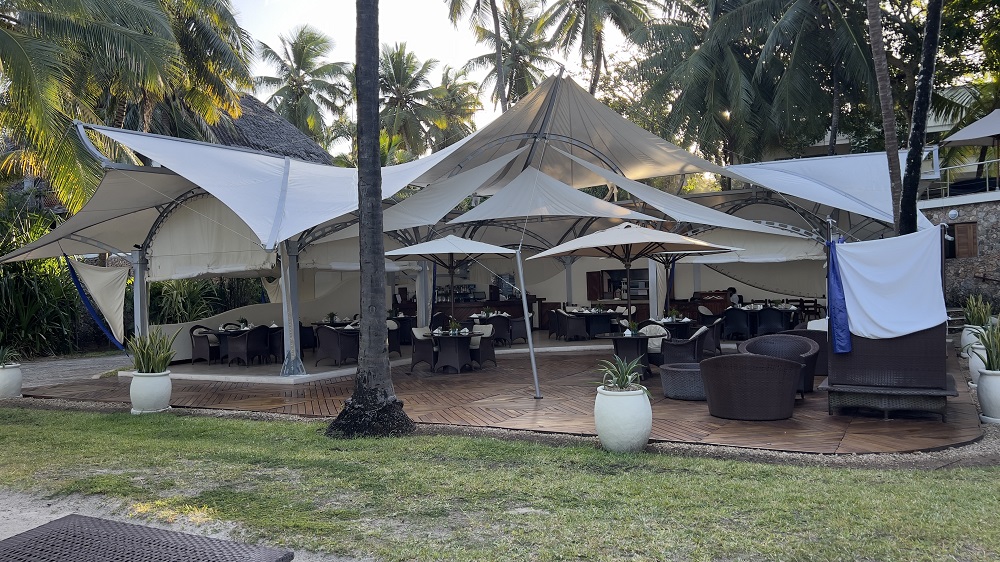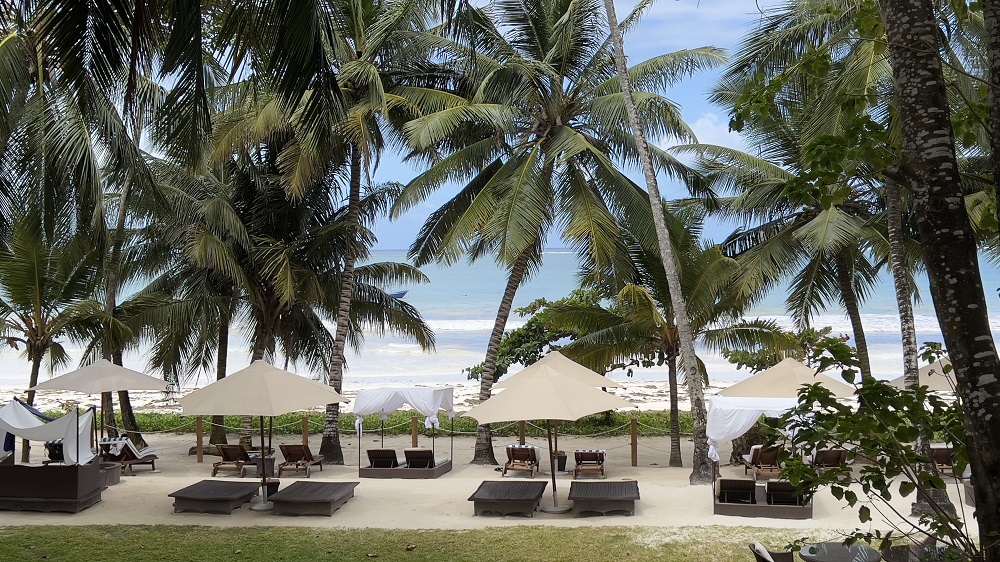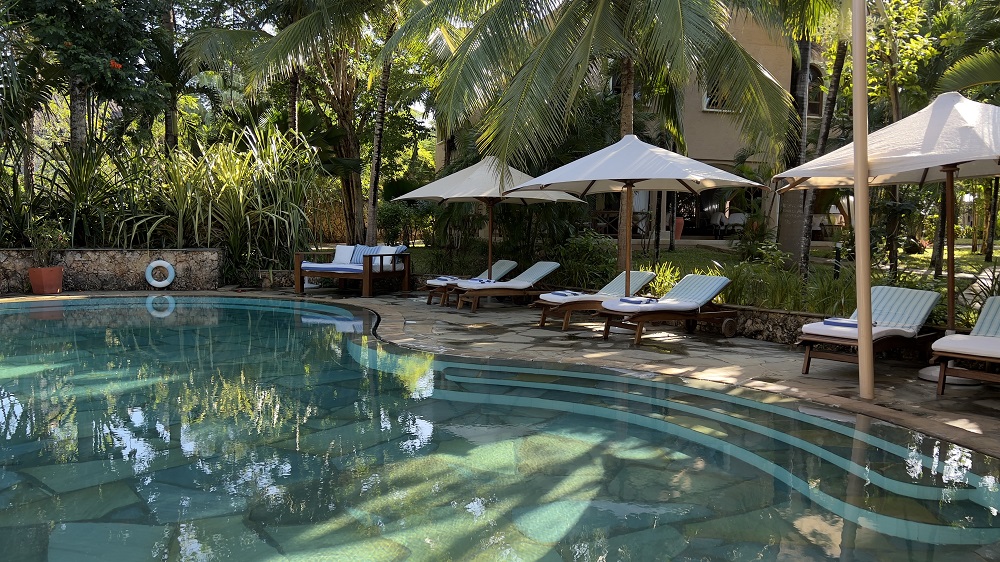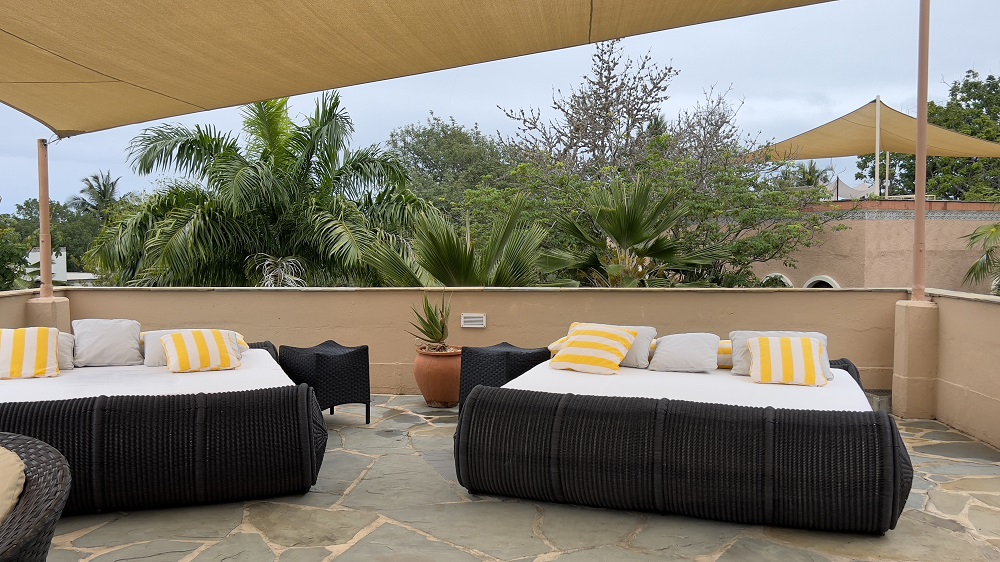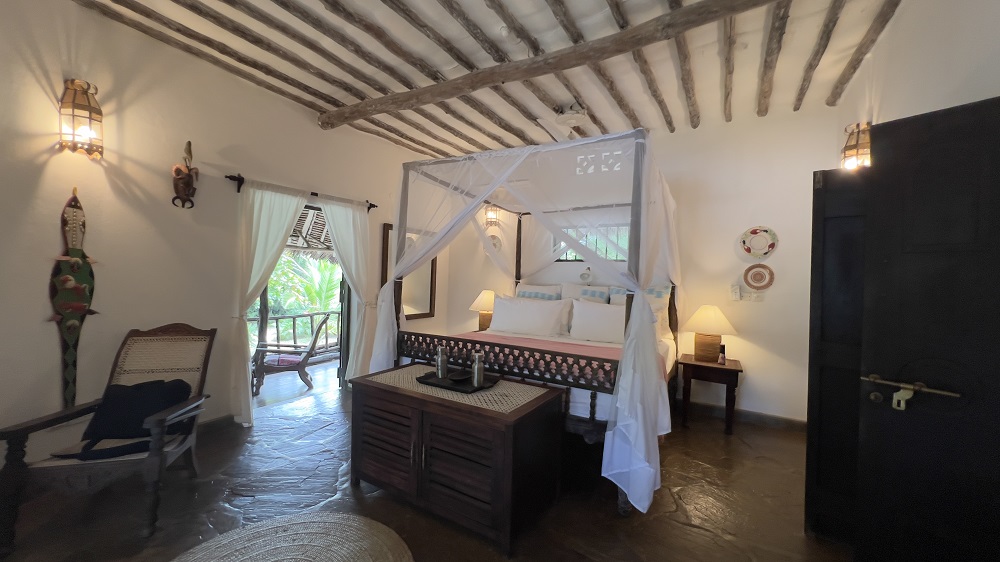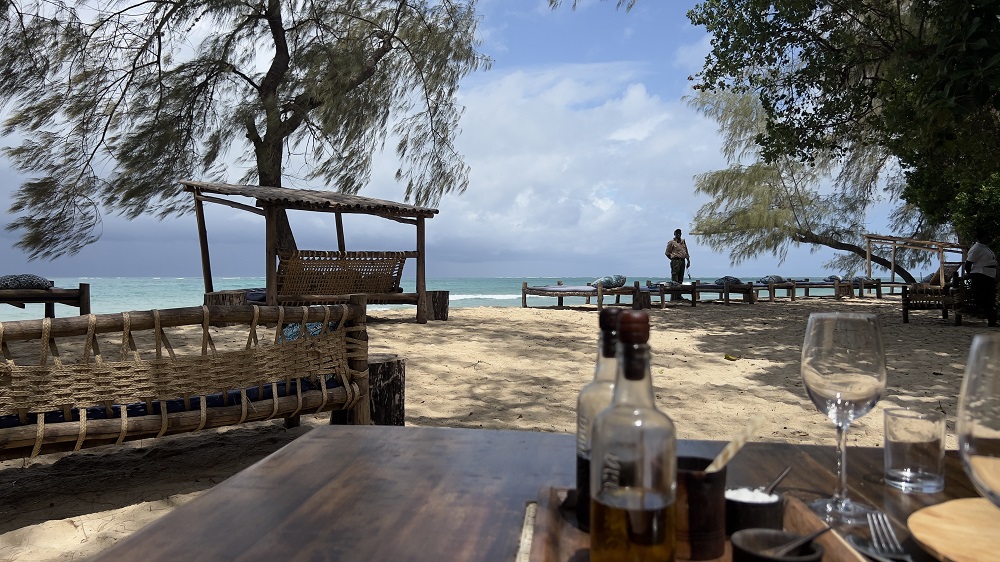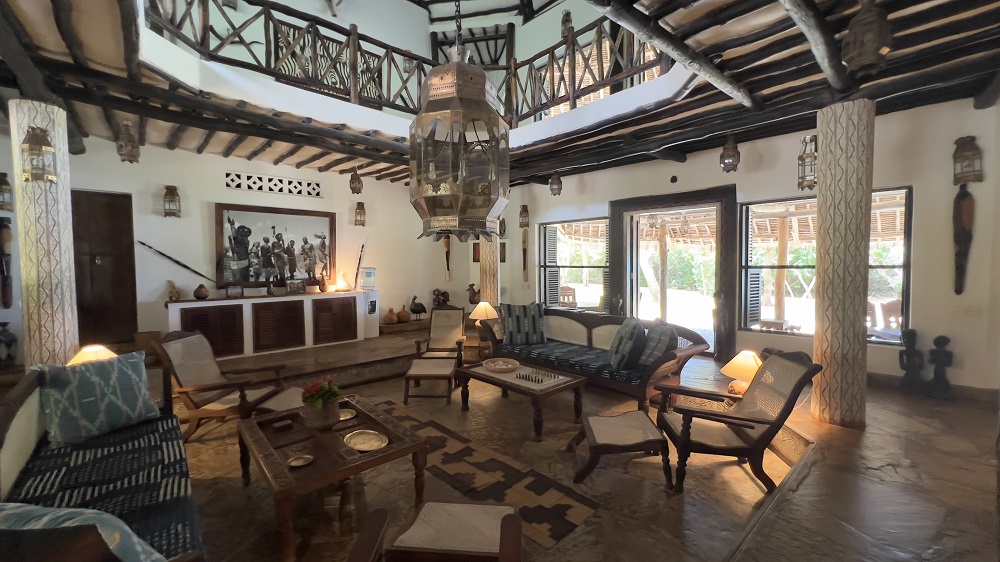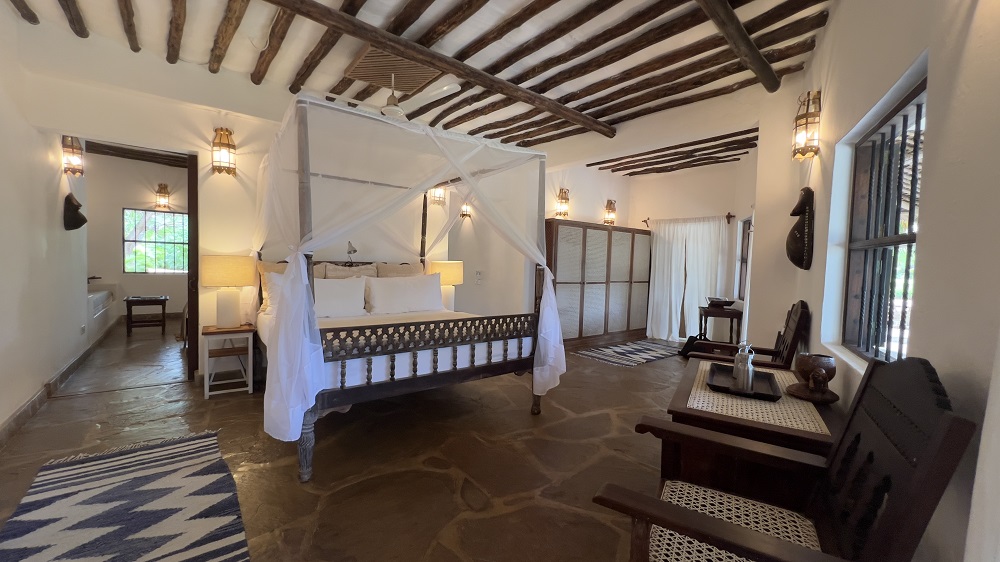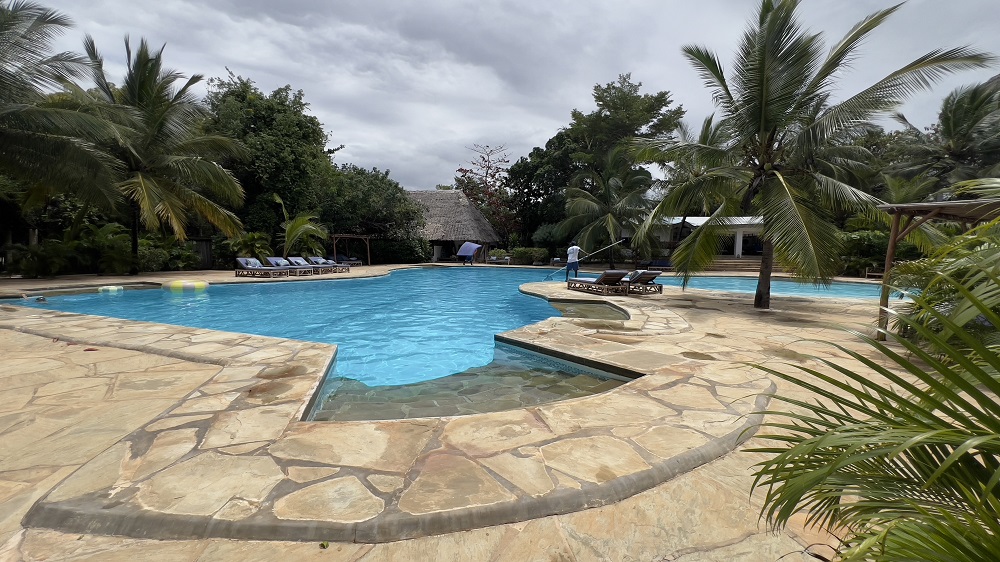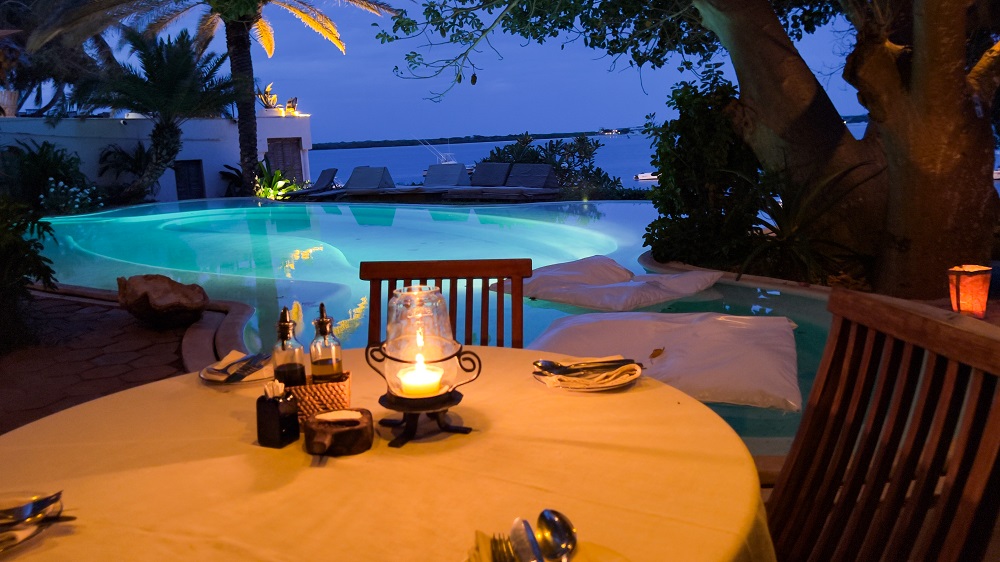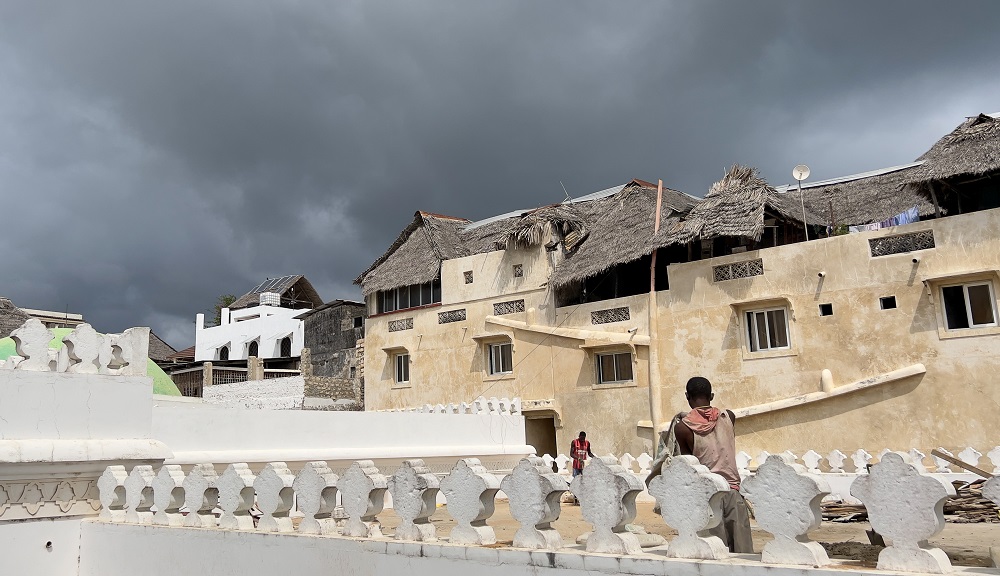Over a splendid alfresco dinner in late 2024 at Natural Selection’s new Moremi jewel – Tawana – the conversation ranged from painted dogs to lion on lion conflict to our trip bird list. It was unseasonably hot (in the grip of a heatwave) so we talked about that and about the lack of rain. All standard safari dinner conversation fodder. Until we started to talk about cork.
Earlier during our stay I had noticed the extensive cork flooring which is a distinct feature of the huge Tawana rooms and massive common areas. The textured – seamless – cork floors are attractive, essentially slip-free and they feel good when walking around barefoot in your room. Which I wouldn’t ordinarily do, but with slightly spongy, soft cork underfoot, I had to try.
It turns out that the cork flooring had a story. We were fortunate to have been joined for dinner by Tawana co-owner Hennie Rawlinson and his talented daughter Jenna. While talking about some of the design features of the lodge (which has the same architect as Natural Selection’s fascinating Shipwreck Lodge in the Skeleton Coast National Park in Namibia), Hennie mentioned that the finely textured cork was applied to the floor in slurry form, somewhat like cement. And, as it turned out, the lodge construction process had a ‘cork delay’ due to construction having to be halted for several weeks. Their South African cork sources had run dry. Additional cork had to be imported from Portugal to complete the process.
When I make it back to Tawana – which I definitely plan to do some day soon – I’ll no doubt inadvertently wonder about the cork underfoot. South African pinotage or Portuguese port? Tawana happens to have a particularly impressive wine cellar so guests have ample opportunities to help accumulate the next batch of cork. They’re going to need it folks, so do your best.
Getting there
One of the guests in our party had Priority Pass access, which got us into the Mack Air private lounge at Kasane Airport. Thank you Carole! For once, we weren’t fussed about the possibility of a delay. Cookies, coffee, sandwiches, samosas, chips – need I say more? As it turned out Mack Air was right on time as we had come to expect from them by then. From Kasane to Khwai Private airstrip took about 50 uneventful minutes in a Cessna Caravan. We did have to cool our heels in a shady spot at the airstrip waiting for a helicopter from Helicopter Horizons to show up. It was flaming hot outside – right around 100 F – so there were some smiles when we started to hear the familiar sound of helicopter blades beating the air into submission. It took just about 40 minutes or so in the Bell Longranger helicopter to reach Tawana. There’s no such thing as a quiet helicopter but with each of us wearing a proper headset, we could listen in to some of the pilot’s communication with air traffic control. Flying relatively low over the terrain, we did spot some elephants en route and there was a herd of them close to the camp on our approach. A big plus point for me when evaluating any safari property? Big animals close to camp on arrival. Check. What gets an even higher score? Big animals on arrival at camp preventing you from getting to your room. Of course.
The camp experience
Tawana is a deluxe property, simply stunning all round with eight huge rooms, an air-conditioned gym and boutique, an air-conditioned wine cellar and there is a small locker in the main area for each room to leave some items behind, instead of lugging them to your room and back every day.
The rooms at Tawana are huge and there’s plenty of outside decking to boot, with a good-sized outside plunge pool, an inside shower and bath, and a proper outside shower with a view. From a distance, the exterior views of the suites are reminiscent of the local thatched Batawana huts. The suites are set in the shade of several huge ebony and sausage trees which help to create a cool, calm environment. Some of the trees are also home to a troop of chacma baboons. If there’s any kind of disturbance at night – such as leopards prowling around – the baboons can be quite noisy and disruptive. So to be sure, have some earplugs ready to shut out any unwarranted baboon noise.
Each room at Tawana has an air cooling unit in the main bedroom portion of the room, right over the bed. The two family rooms have a unit in each bedroom. While it doesn’t cool down the entire room (it would be impractical in a tented environment), the solar operated cooling unit creates ideal sleeping conditions, particularly when the mosquito net is in place, further insulating the space above the bed. In a country like Botswana which has a long hot season – essentially from October through the end of March – having effective air cooling in the sleeping area in a tent makes it possible to take an afternoon nap on a hot summer day. And of course to sleep comfortably at night.
The ultra-spacious communal areas in the camp include an elegant lounge and indoor and outdoor dining spaces. Our party made good use of the walk-in wine cellar and the wood-fired pizza oven, creating our own delicious pizzas one afternoon. The hospitality at Tawana was simply the best. My vegetarian food requirement was handled deftly, which is not always the case with a plant-based preference. Several members of our party took advantage of the spa and wellness treatments and supported the gift shop. Kathy and I took a walk down to the other side of the camp to check out the 52-foot lap pool and the well-equipped gym.
Game viewing in the Moremi
The game viewing in the Tawana area was excellent and with our capable guide Jonas in charge, we experienced many thrilling encounters, notably with lions and African painted dogs. Setting out on a track which meandered alongside the Gomoti river, we were soon reminded why seasoned African travellers speak so highly of the Moremi Game Reserve. Stretching across nearly 1,900 square miles, the Moremi is a magical corner of Botswana renowned for its high concentration of antelope, predators and large herbivores.
Drought conditions at the time – subsequently broken by good rain having fallen – created ideal conditions for wildlife activity and interaction along the Gomoti river. We were not just observing mammals and birds, we were seeing them dealing with and reacting to a situation which constituted an existential threat. The many hippo families in the Gomoti river, for example, had to extend their usual ‘night-time only’ grazing habits right into the daylight hours. Simply because palatable grass sources were scarce close to the river, and they had to walk miles and miles every day just to find enough forage to stay alive. From our very first game drive and for the duration of our stay there, seeing so many hippos out of the water in daylight was a reminder of the harsh reality of surviving in nature.
On two different occasions, we spent time with a large pride of lions (both males and females and several youngsters) and were fortunate to photograph them in good afternoon light. The following afternoon Jonas took us out in search of a coalition of four cheetahs, which had been spotted in the area the previous day. We didn’t find the cheetahs but it didn’t really matter as we came across a large pack of 27 African painted dogs with several puppies around 6 to 8 weeks old. In what was a first for all of us, three or four of the painted dogs were interacting with a young crocodile. Repeatedly darting right up to the inert crocodile, only to swerve away and retreat. Seemingly in an attempt to get the crocodile to turn tail, in which case the painted dogs may have attacked it.
Yet another exciting encounter came the next day when a territorial fracas between two prides of lions erupted into an intruder female lion pursuing and driving off another female. What made it all worse, from our perspective, was watching the reaction of the four subadult offspring of the retreating, defeated lioness. They ran off into the distance and watched the scene unfold, clearly anxious and sensing that this did not bode well for them.
Seeing that he’s just visited Tawana, do get in touch with Bert at bert@fisheaglesafaris.com for up to date information about Tawana and the many other Natural Selection Safaris properties which we can book for you in Botswana. Natural Selections now have an enviable portfolio of safari properties in South Africa, Botswana and Namibia and we know just how to combine some of them in the best possible way. There are some attractive shoulder season offers as well as long-stay incentives. If you prefer, leave us a message at 1-800-513-5222 and we’ll get back to you promptly.


